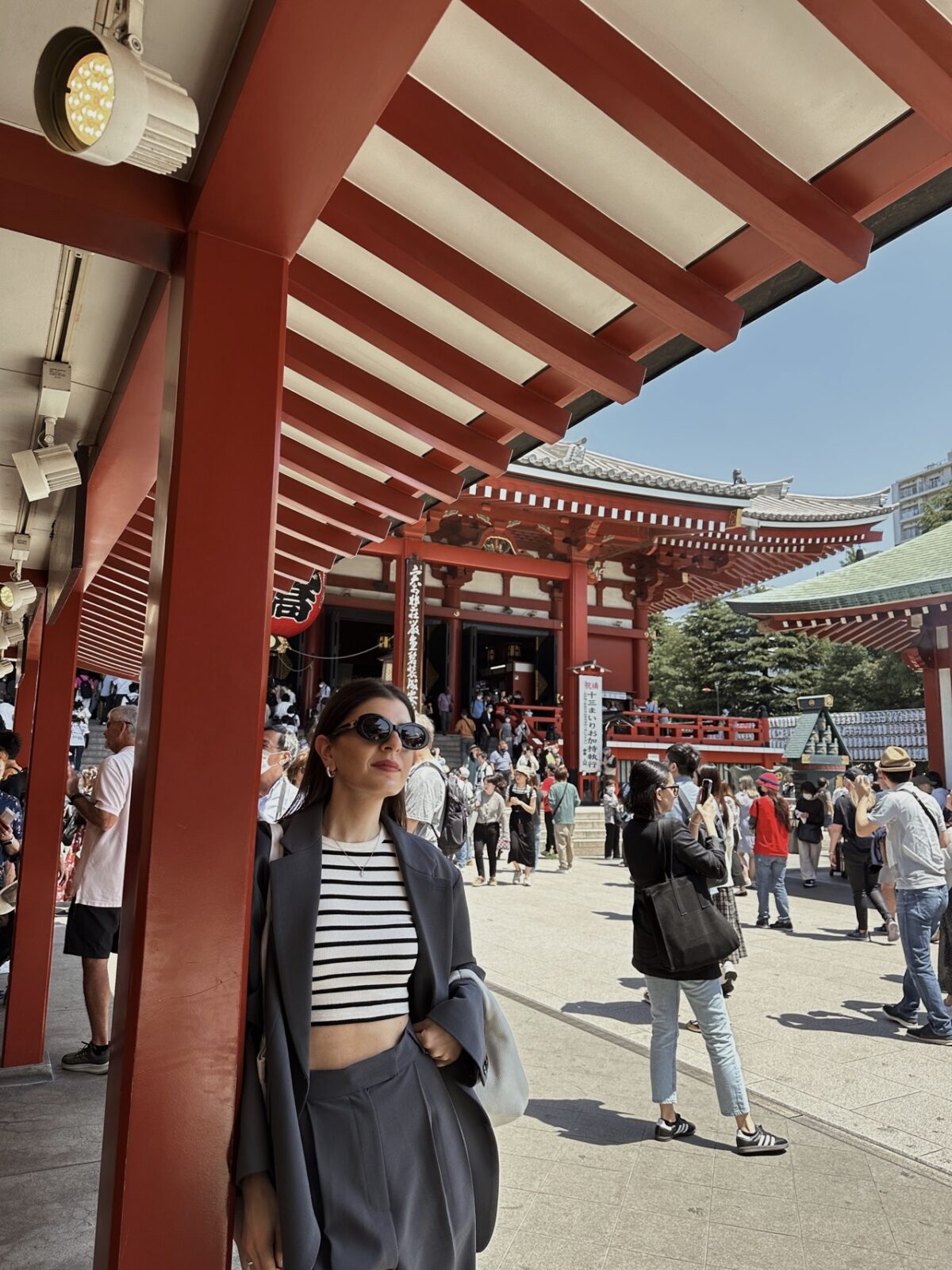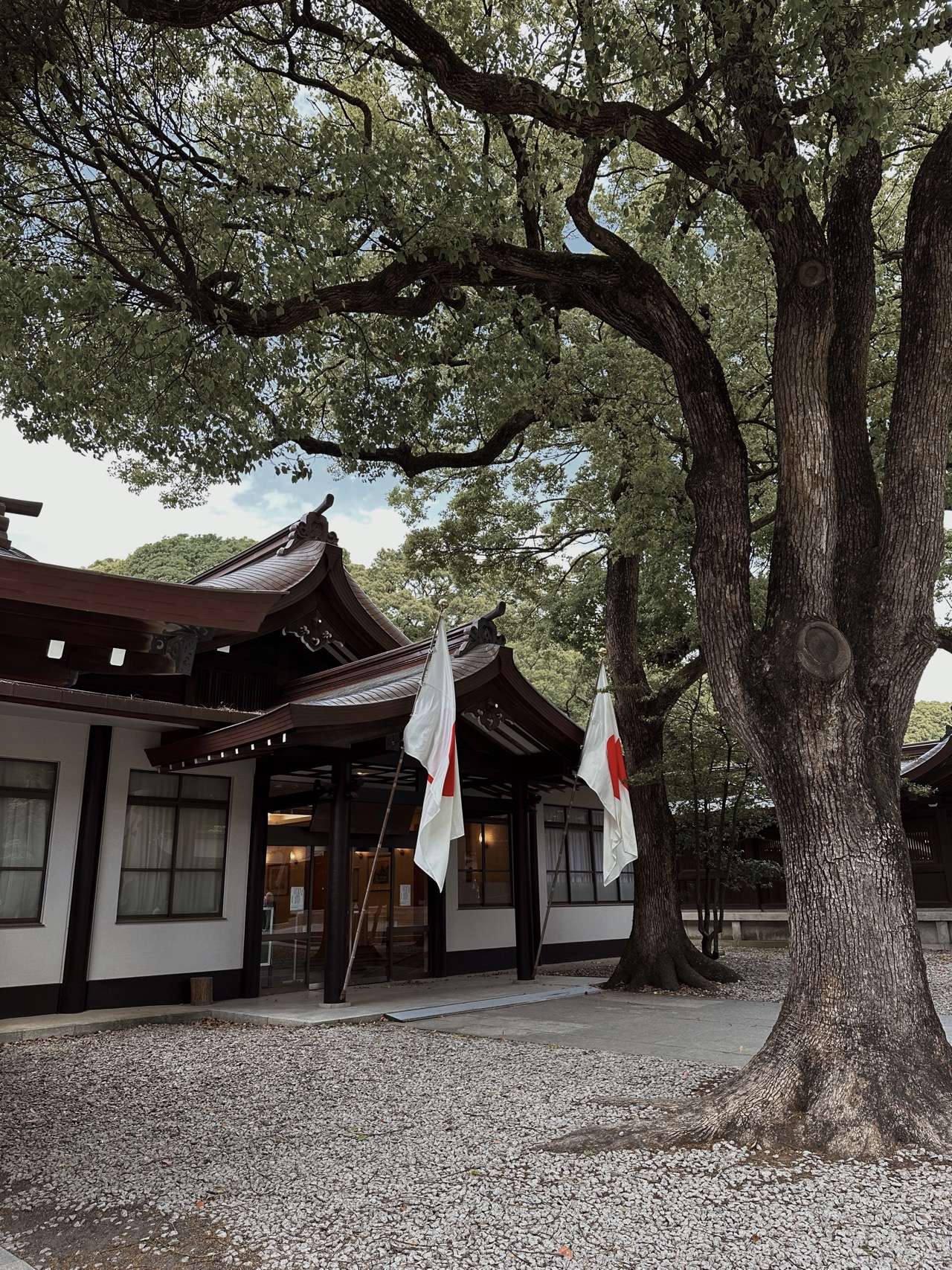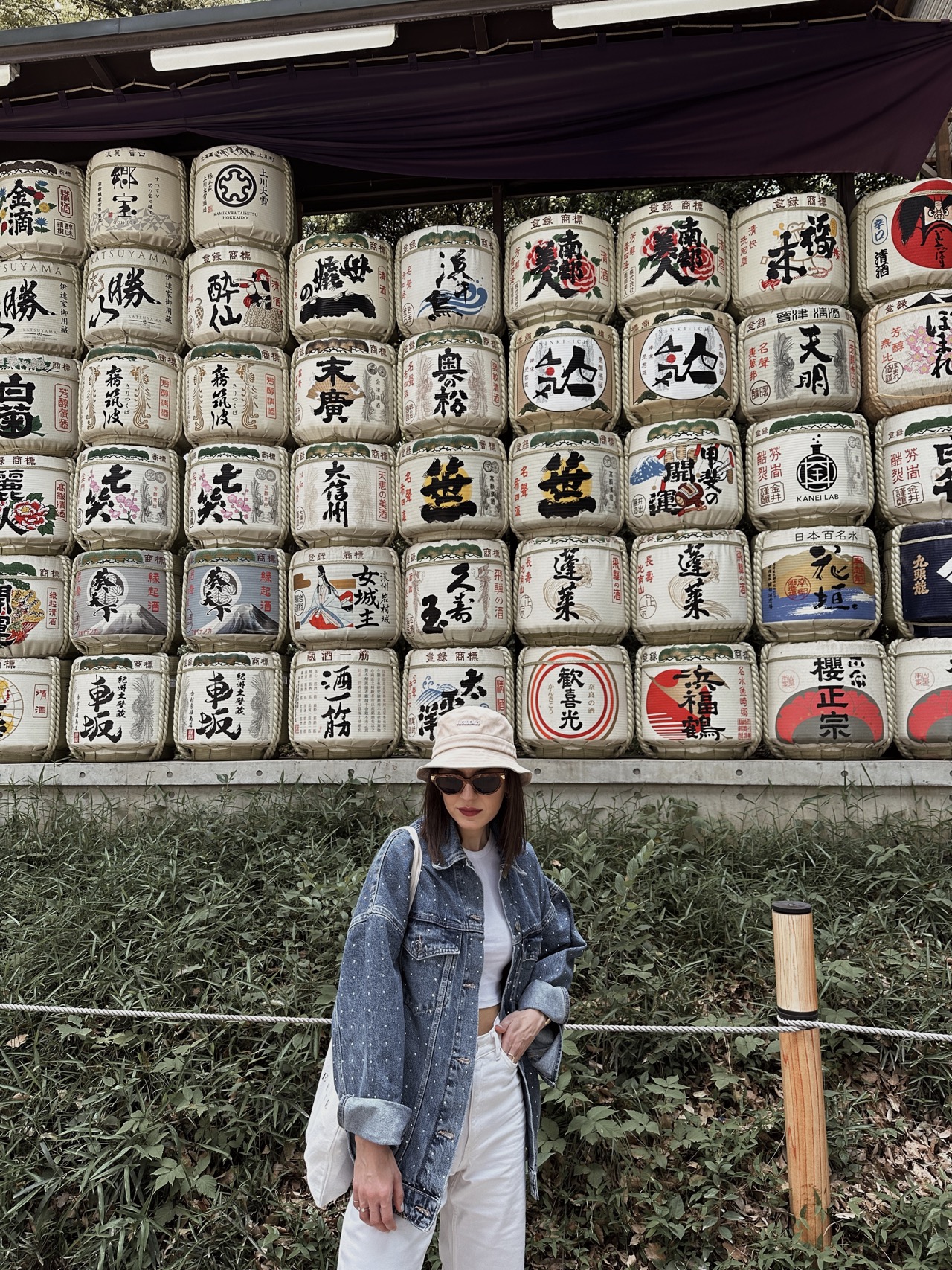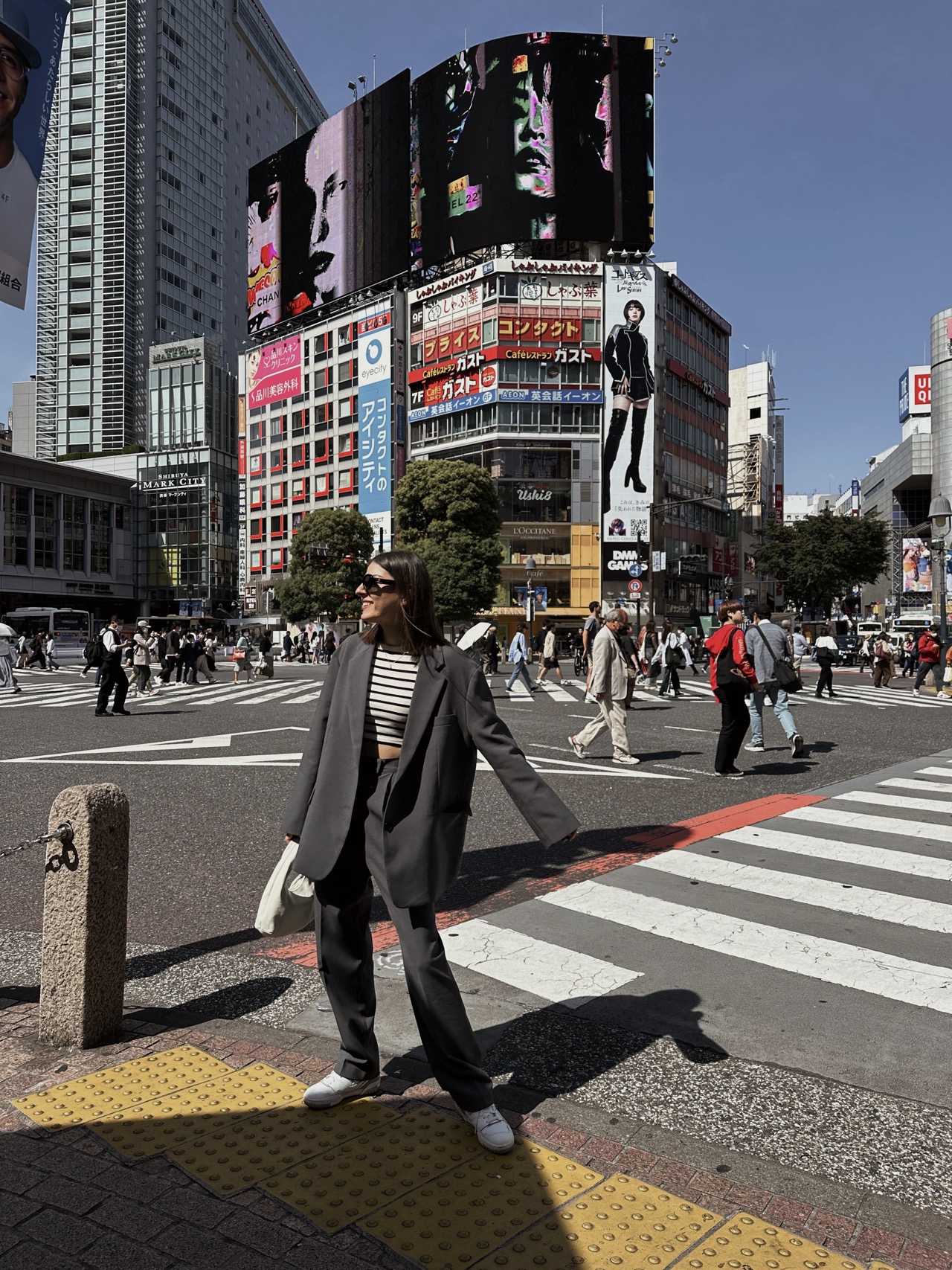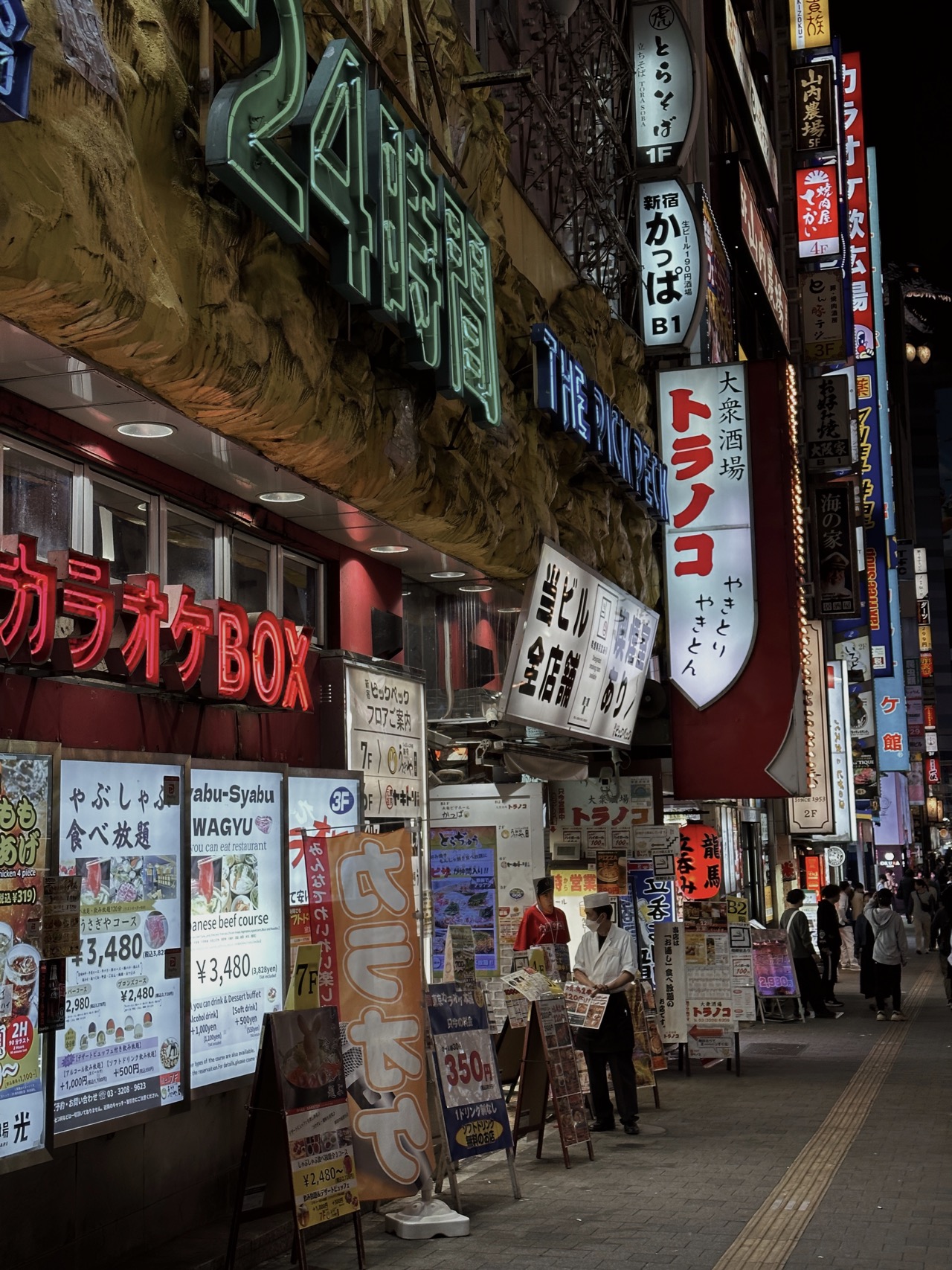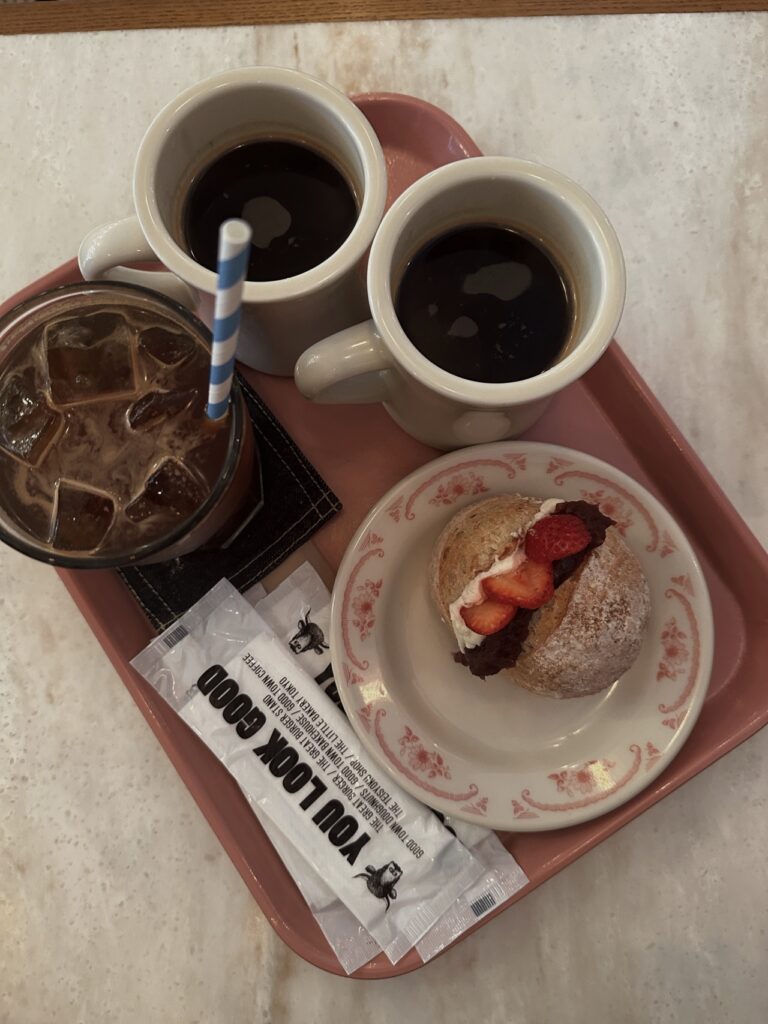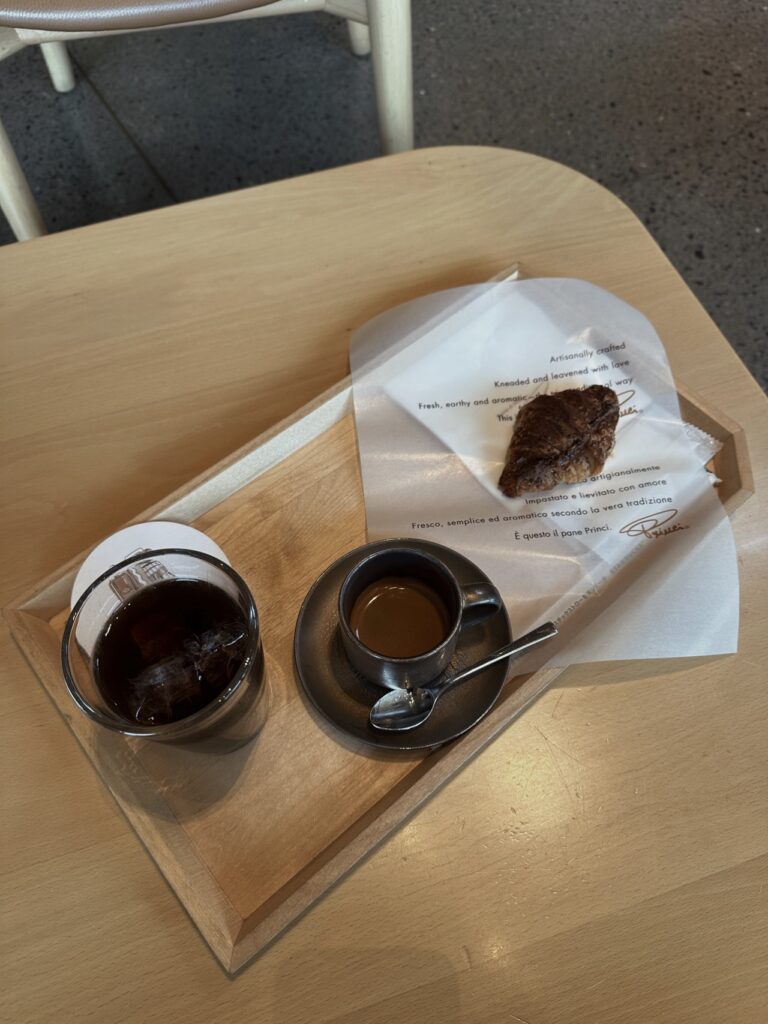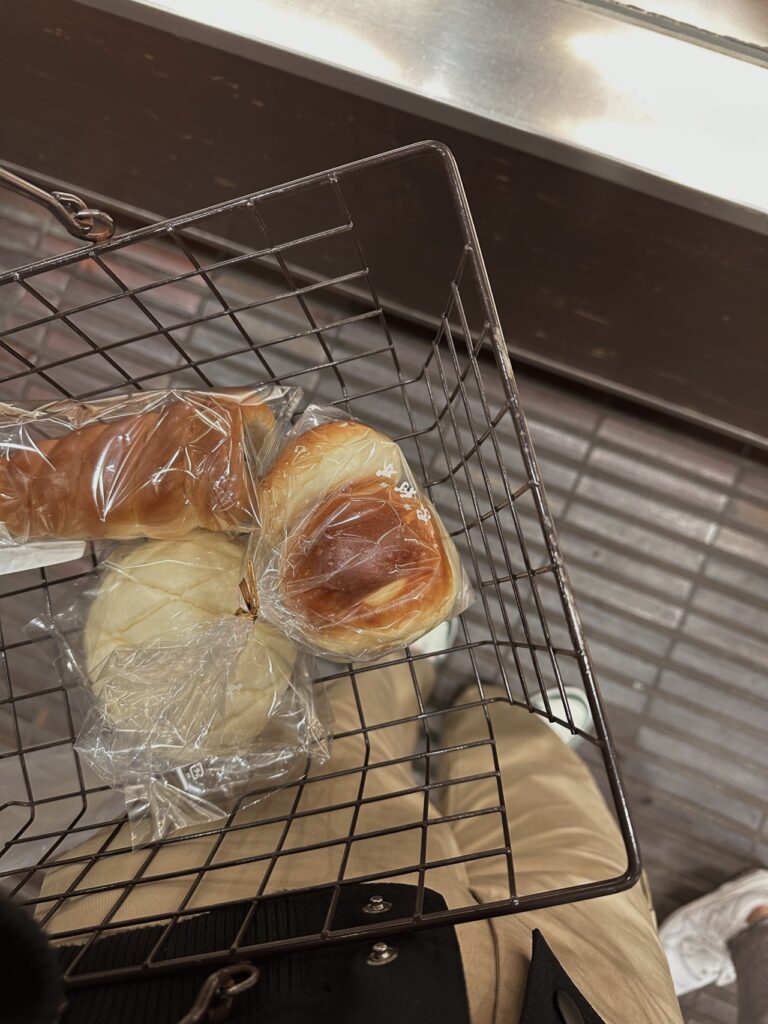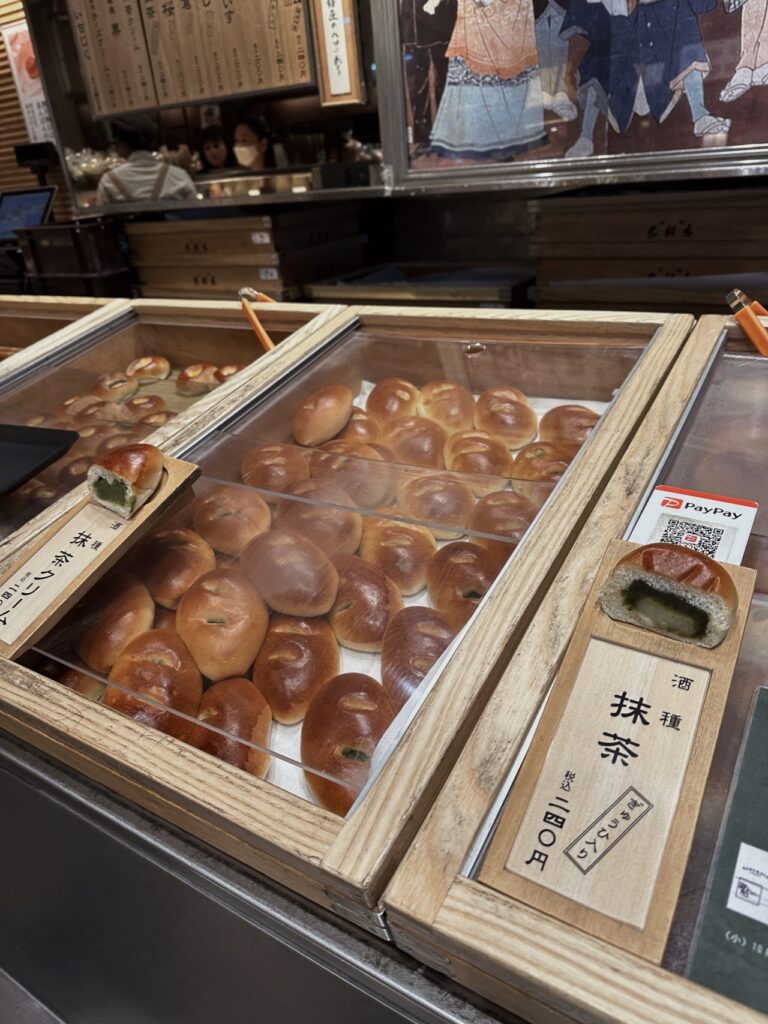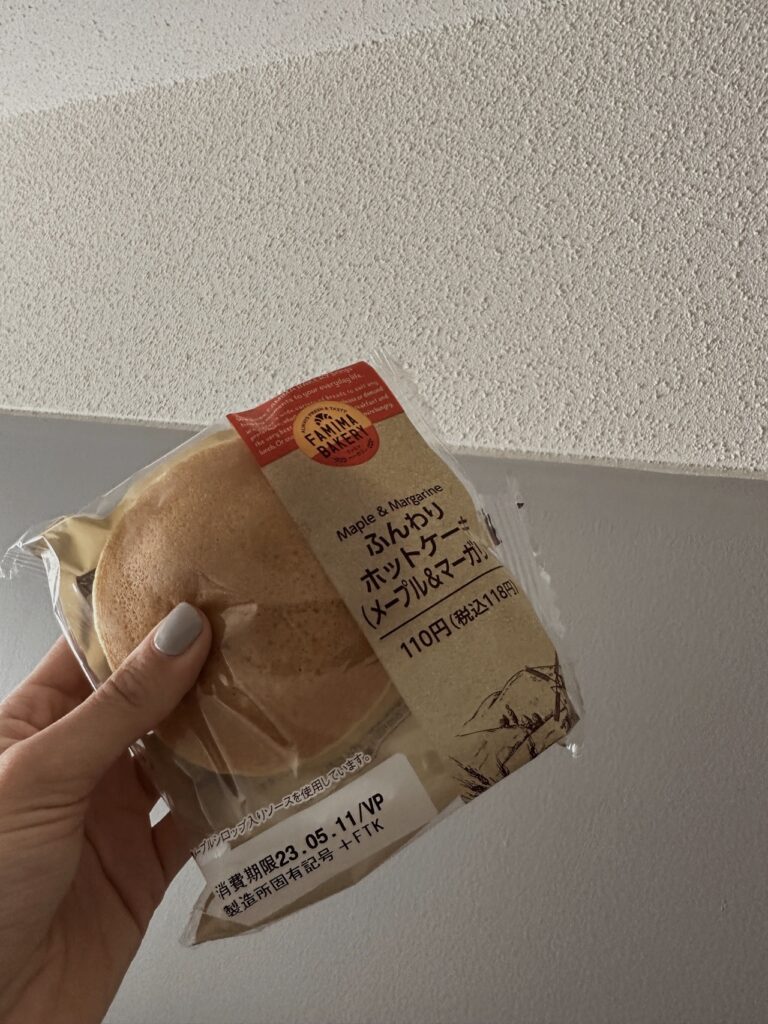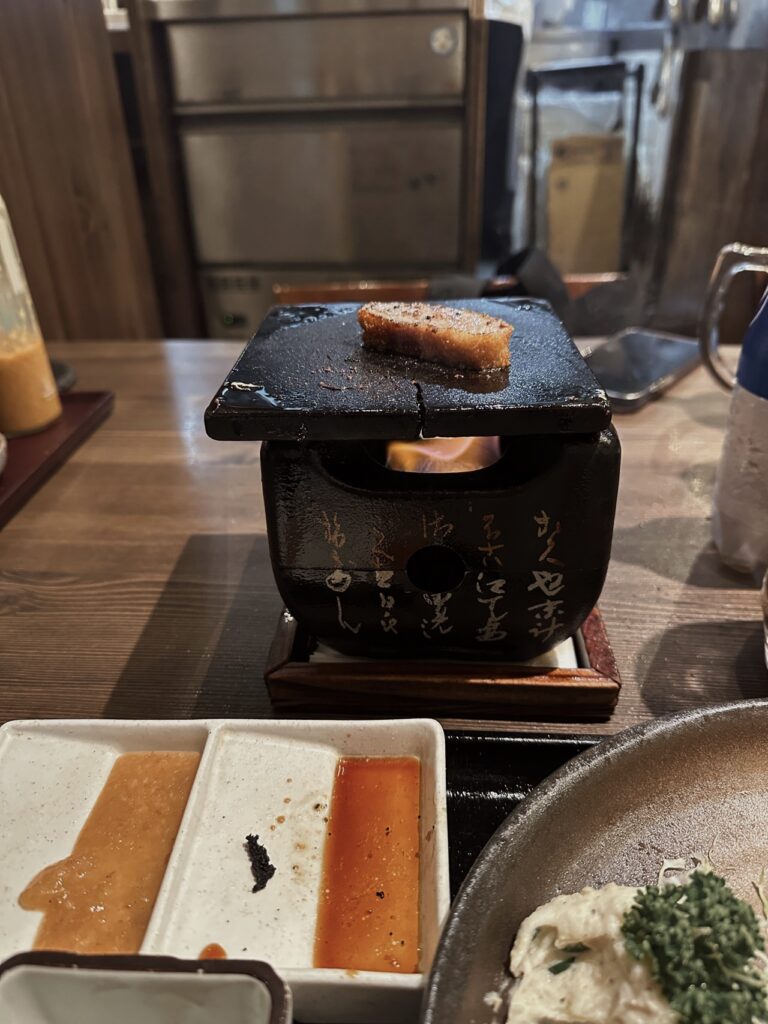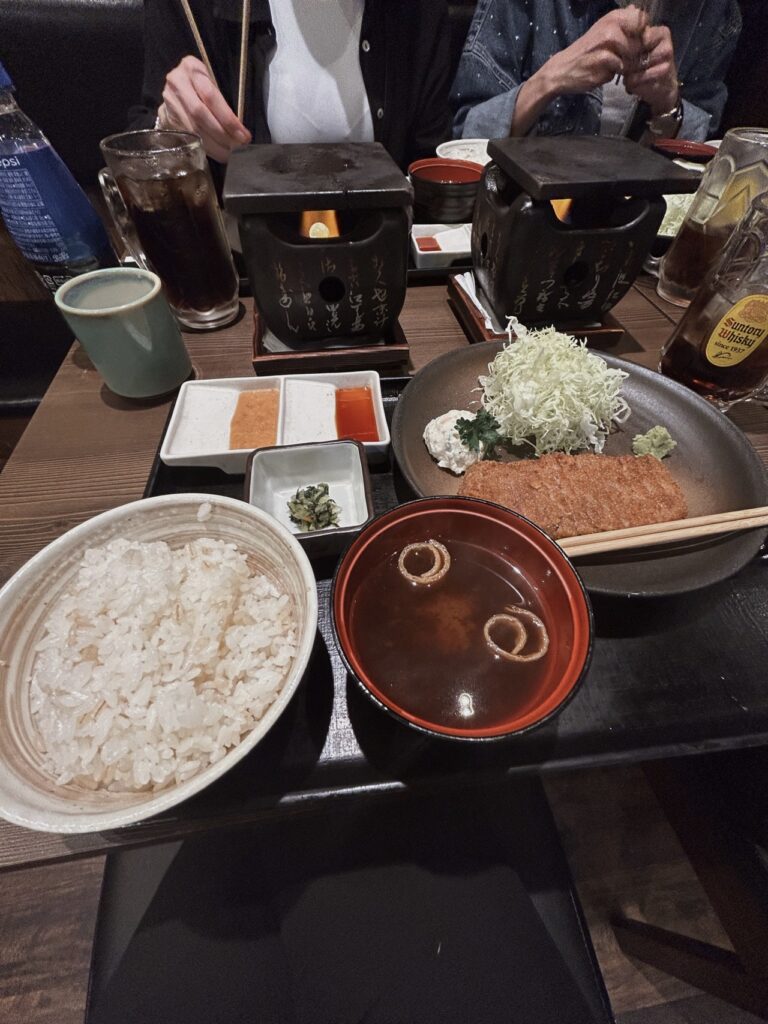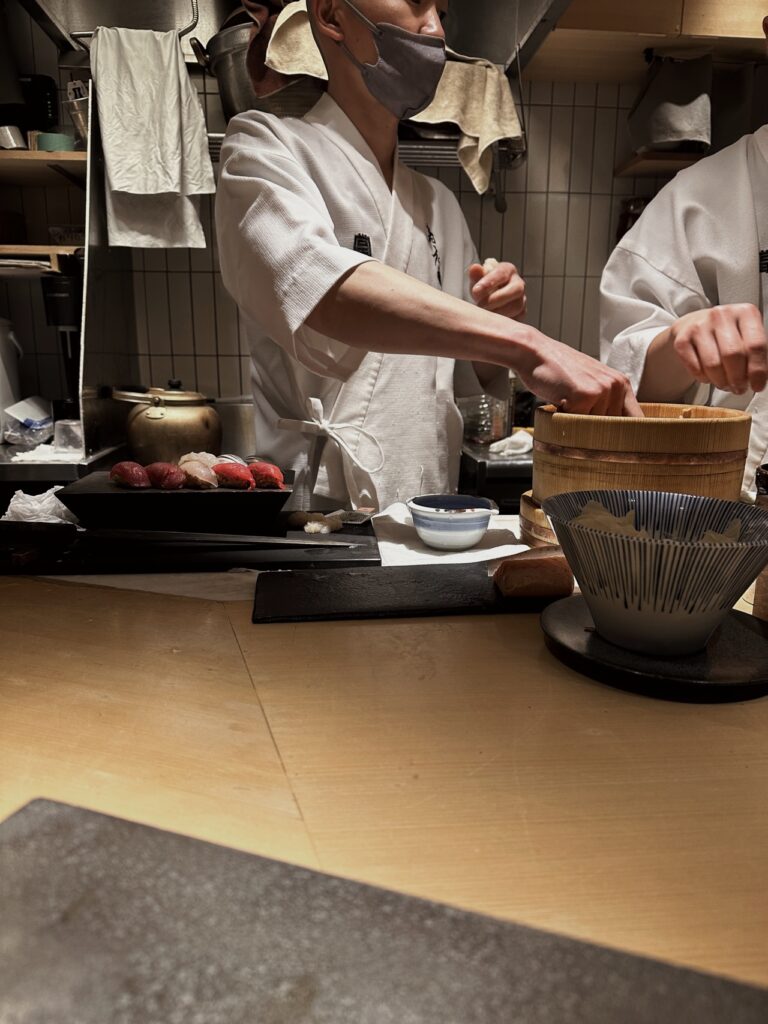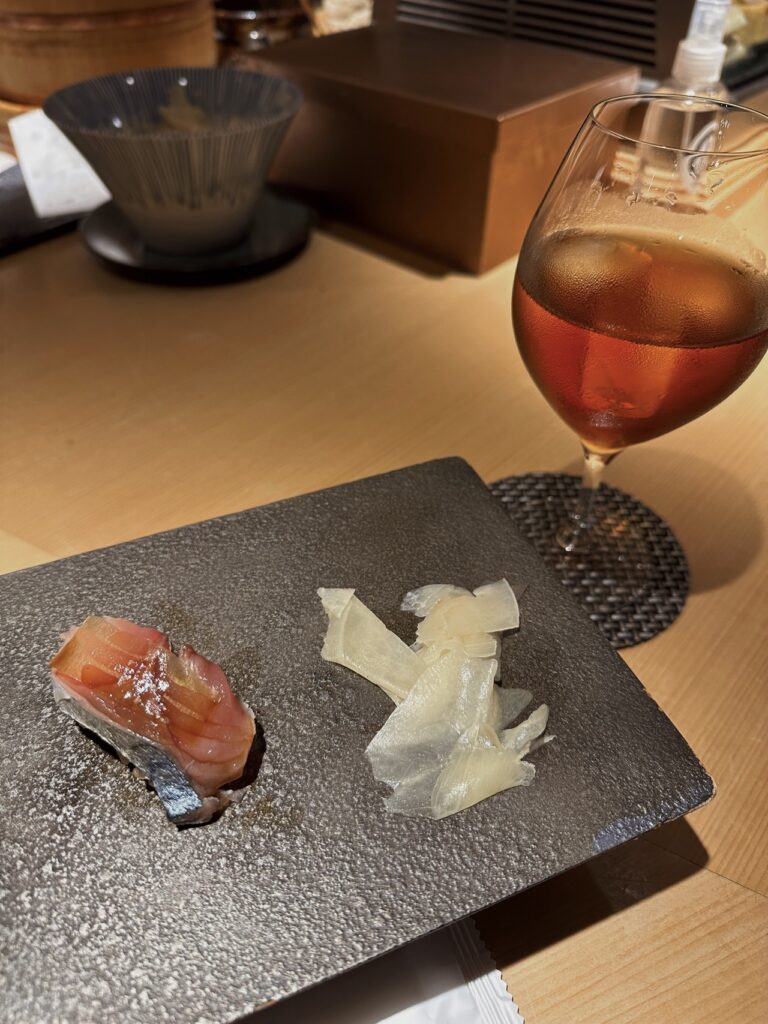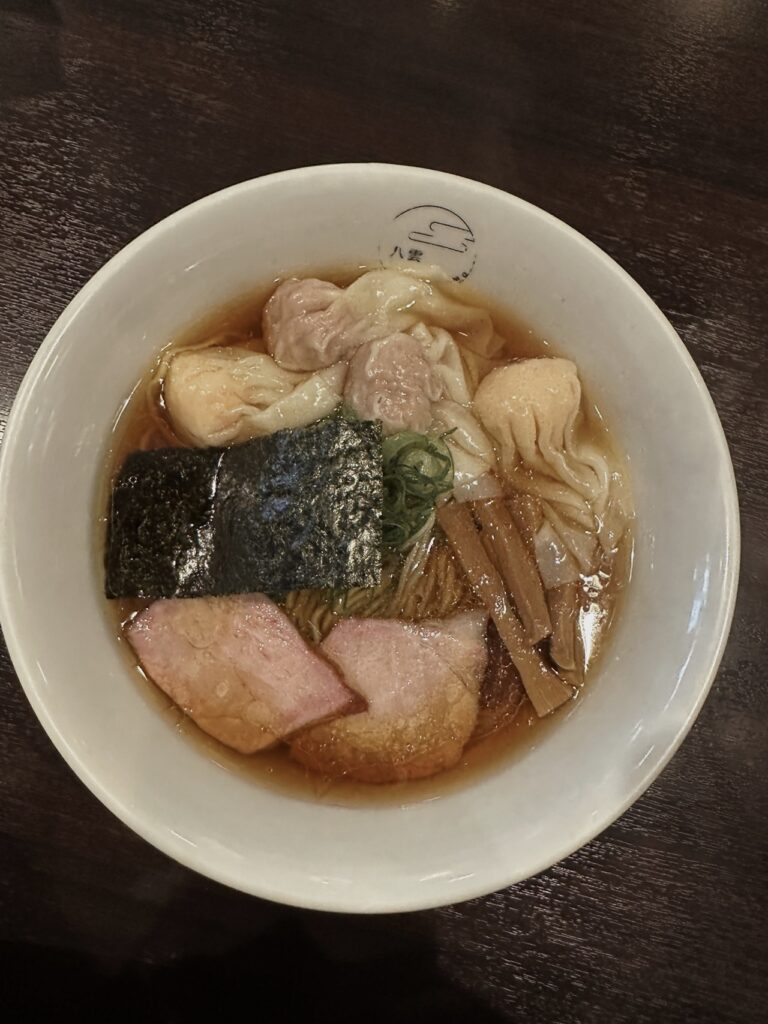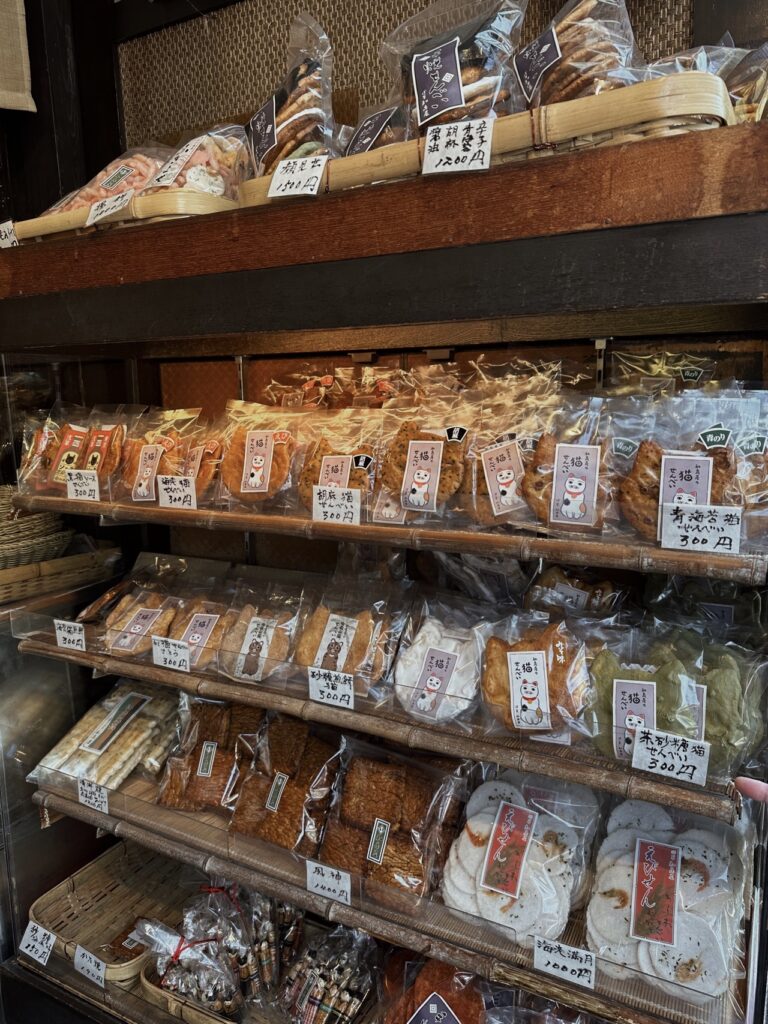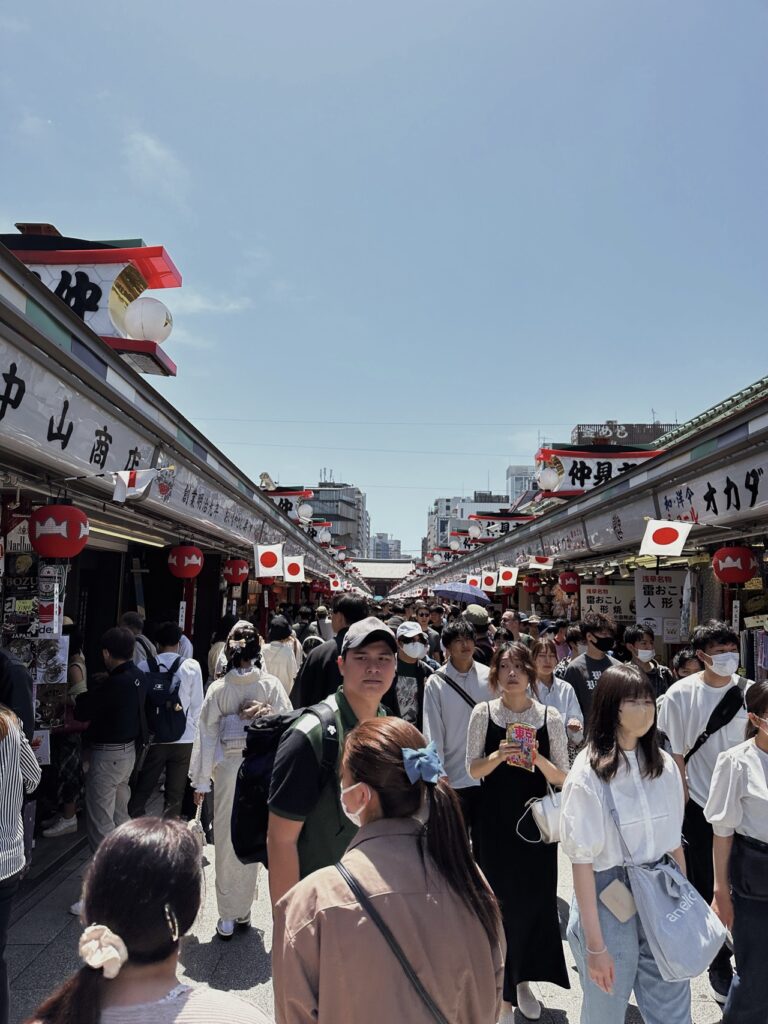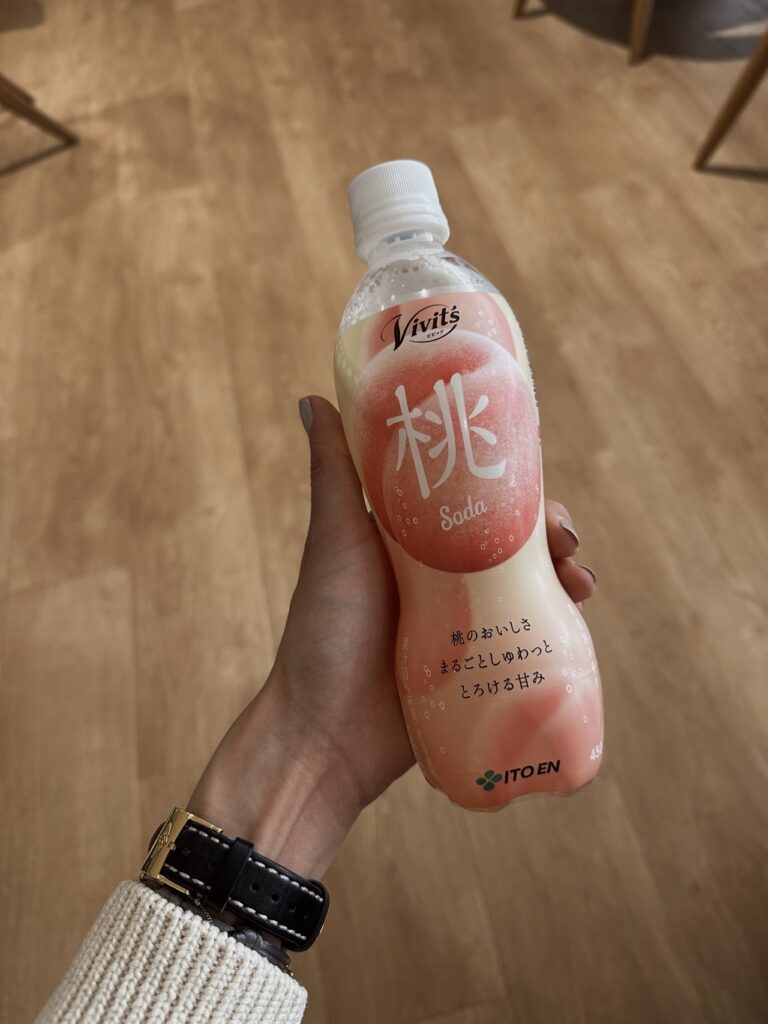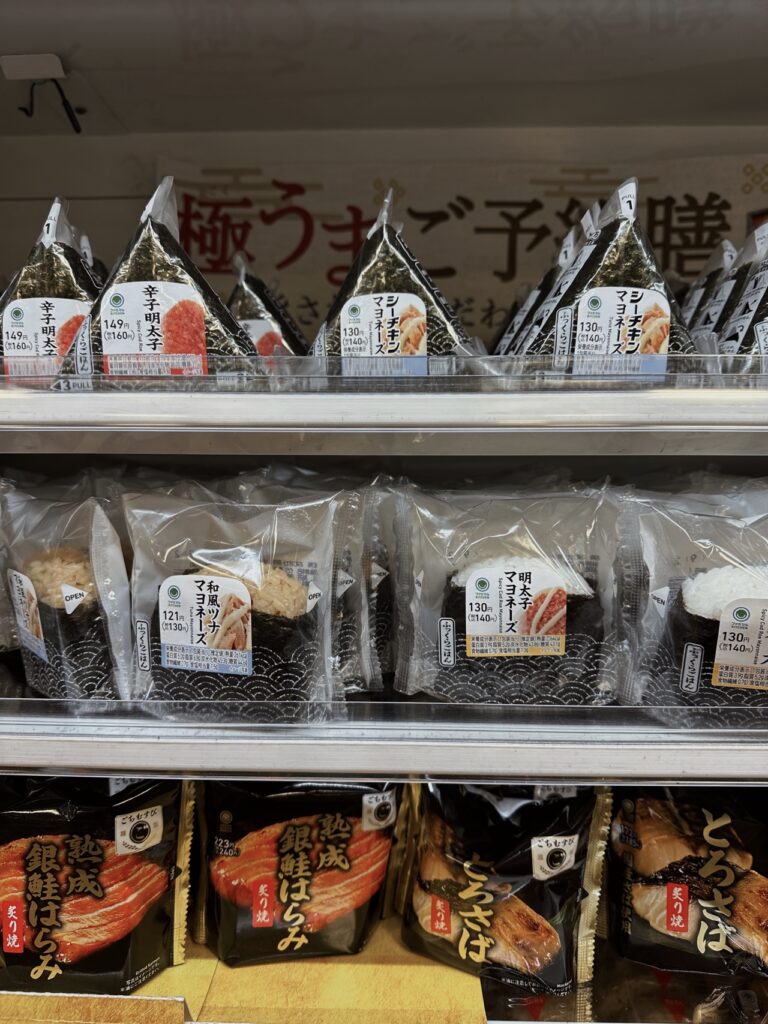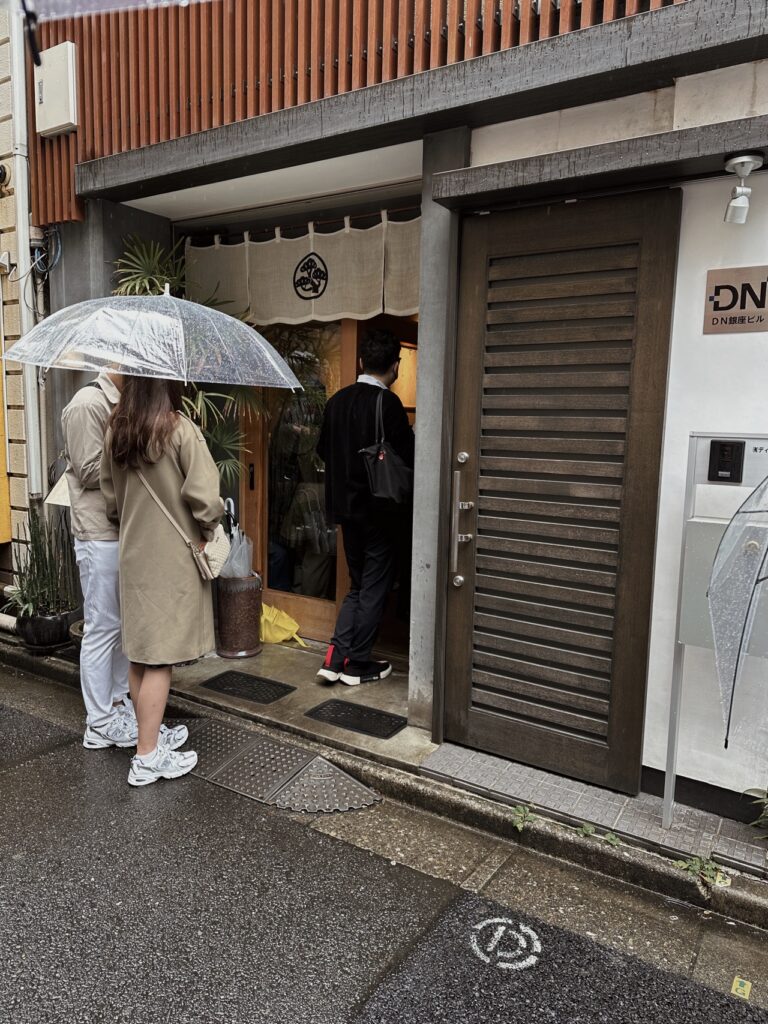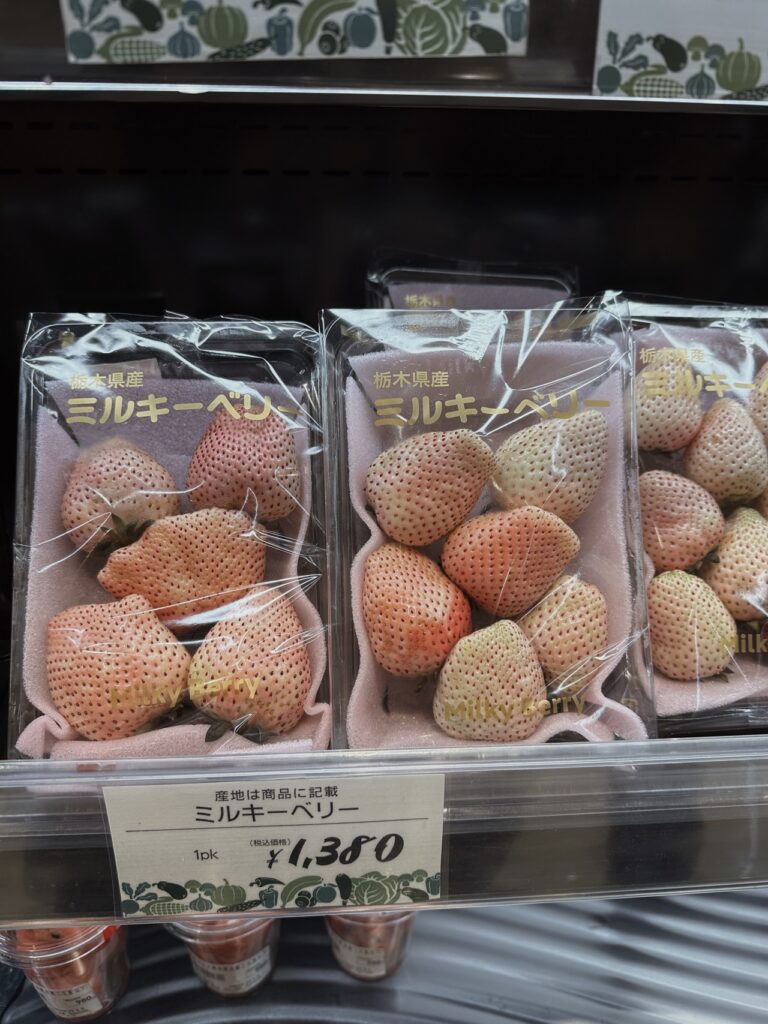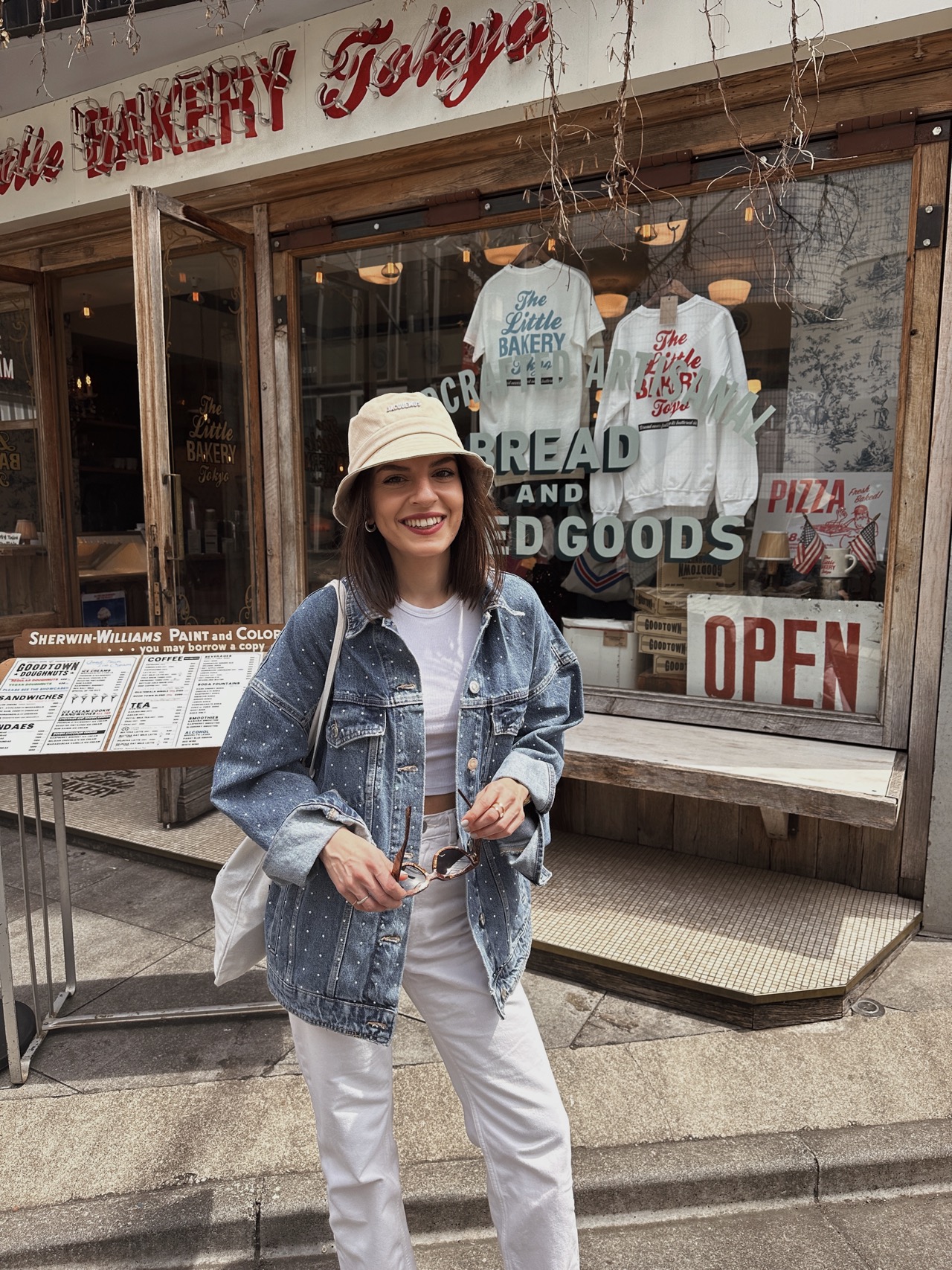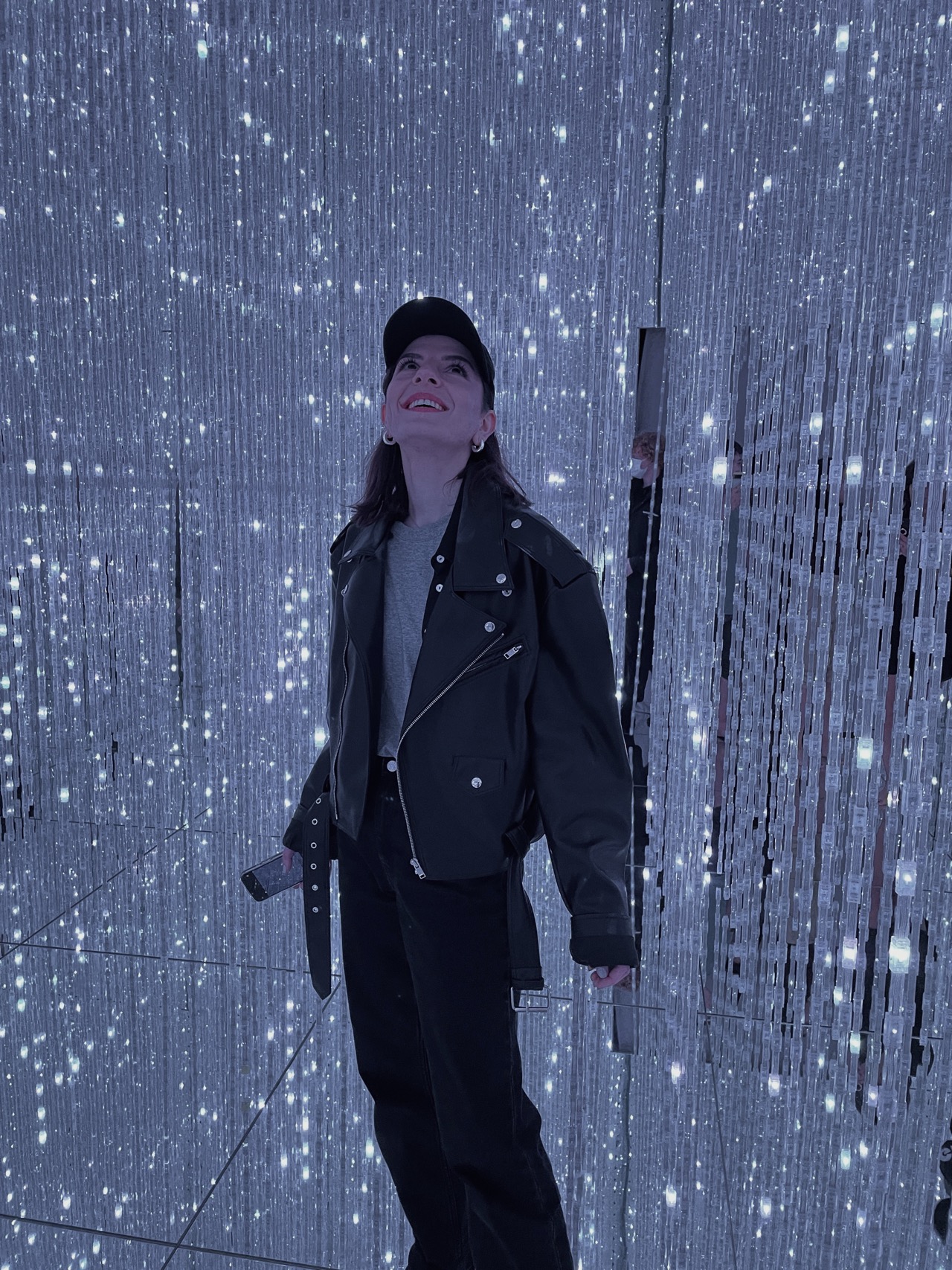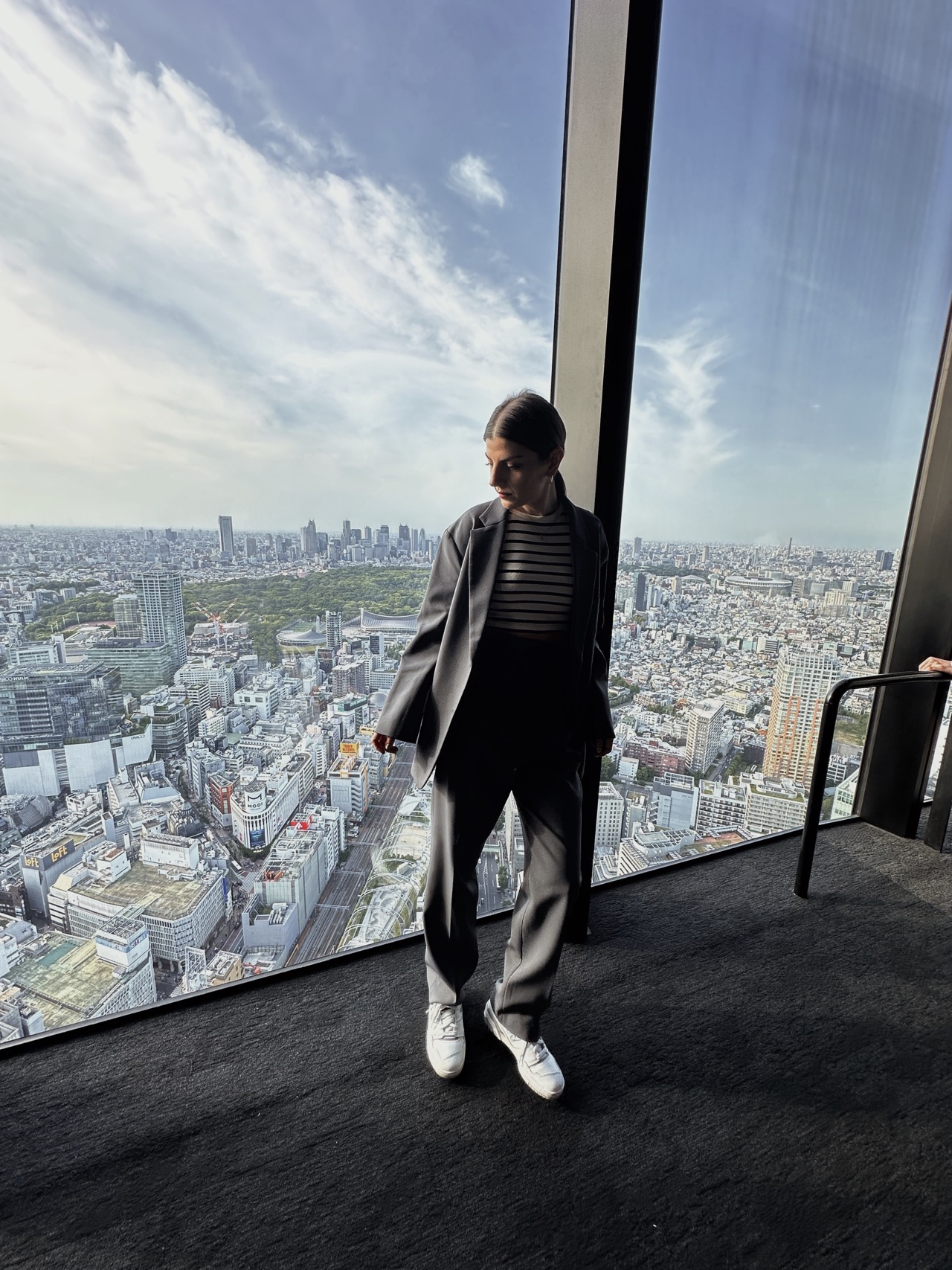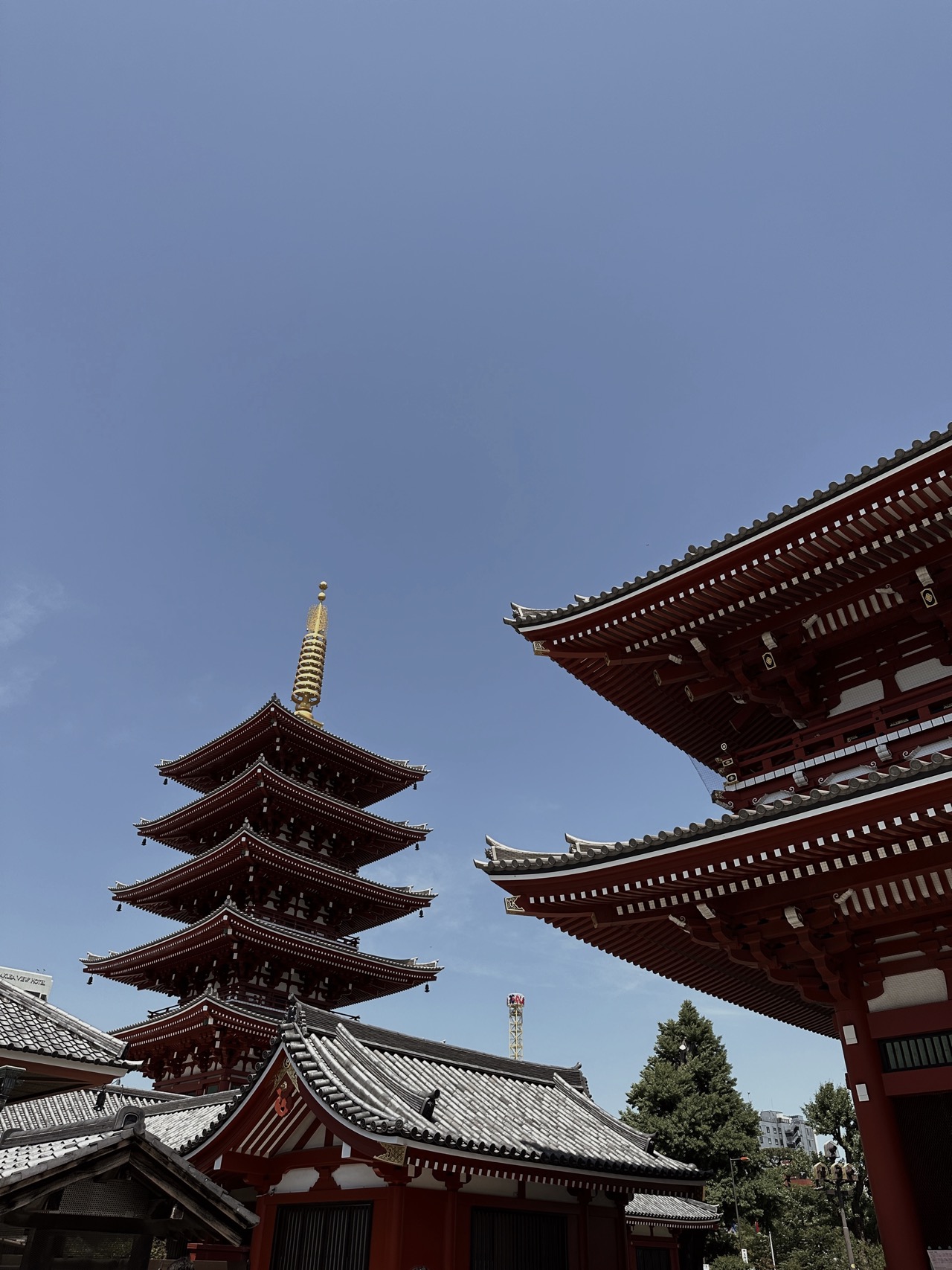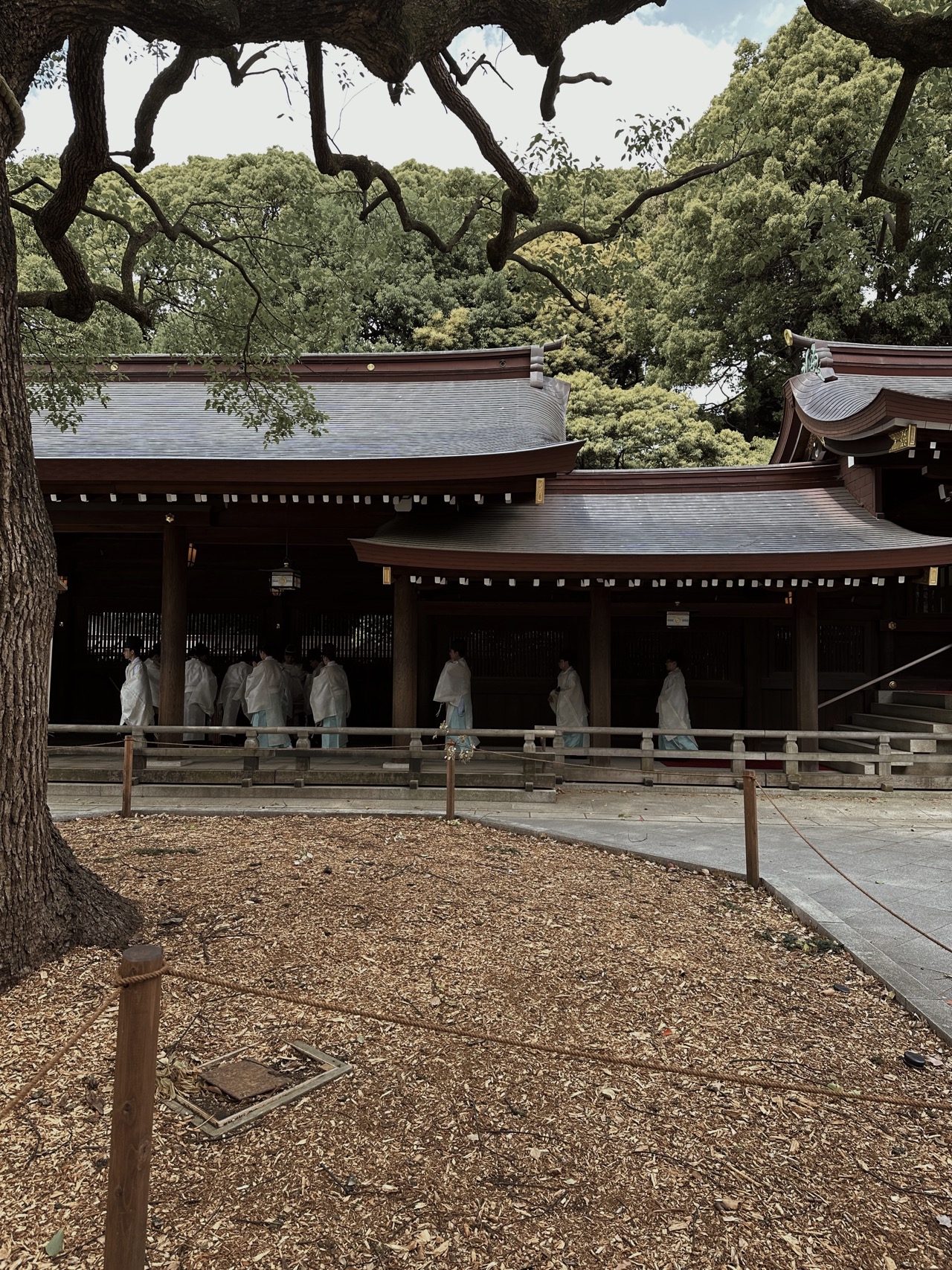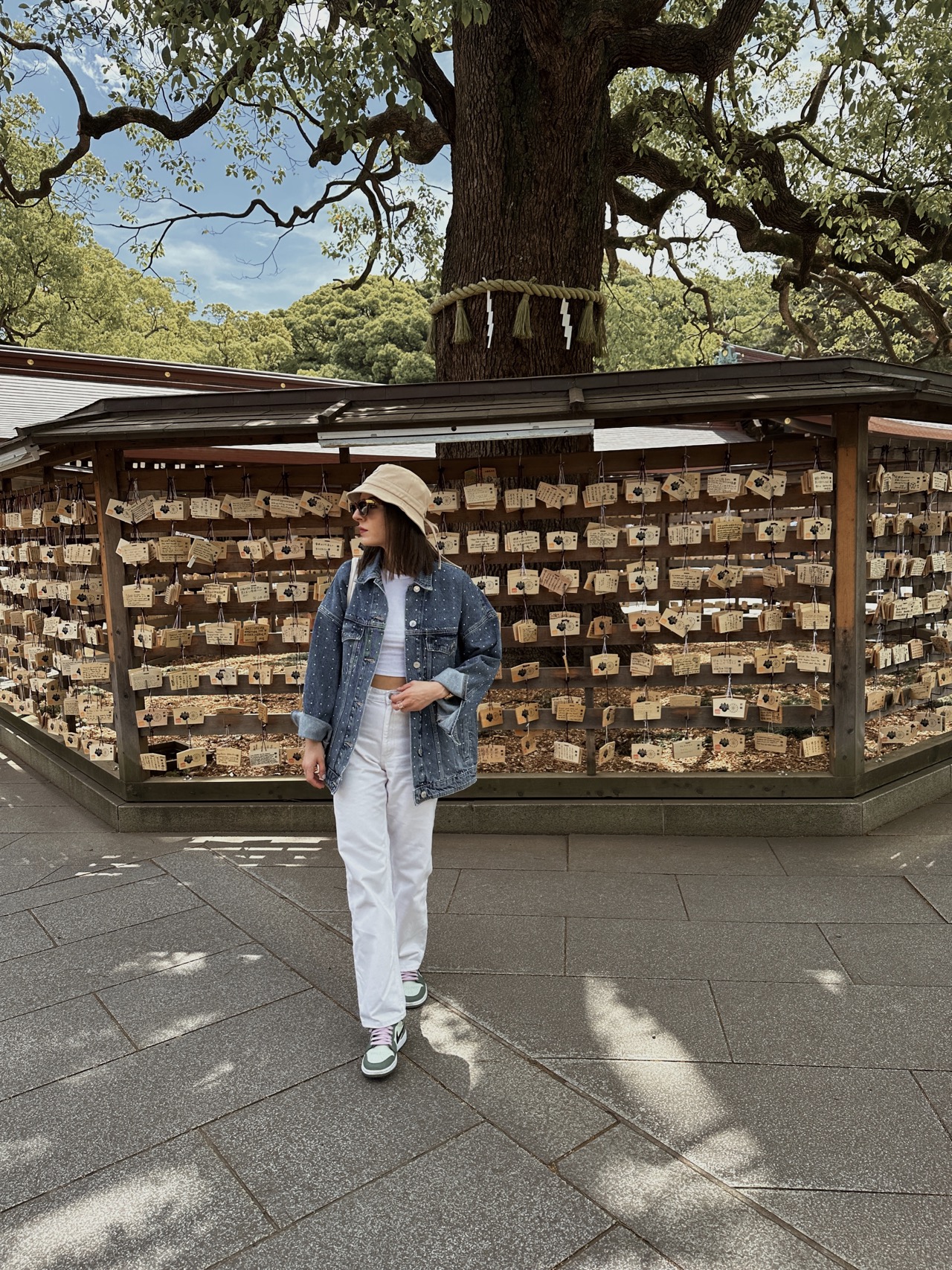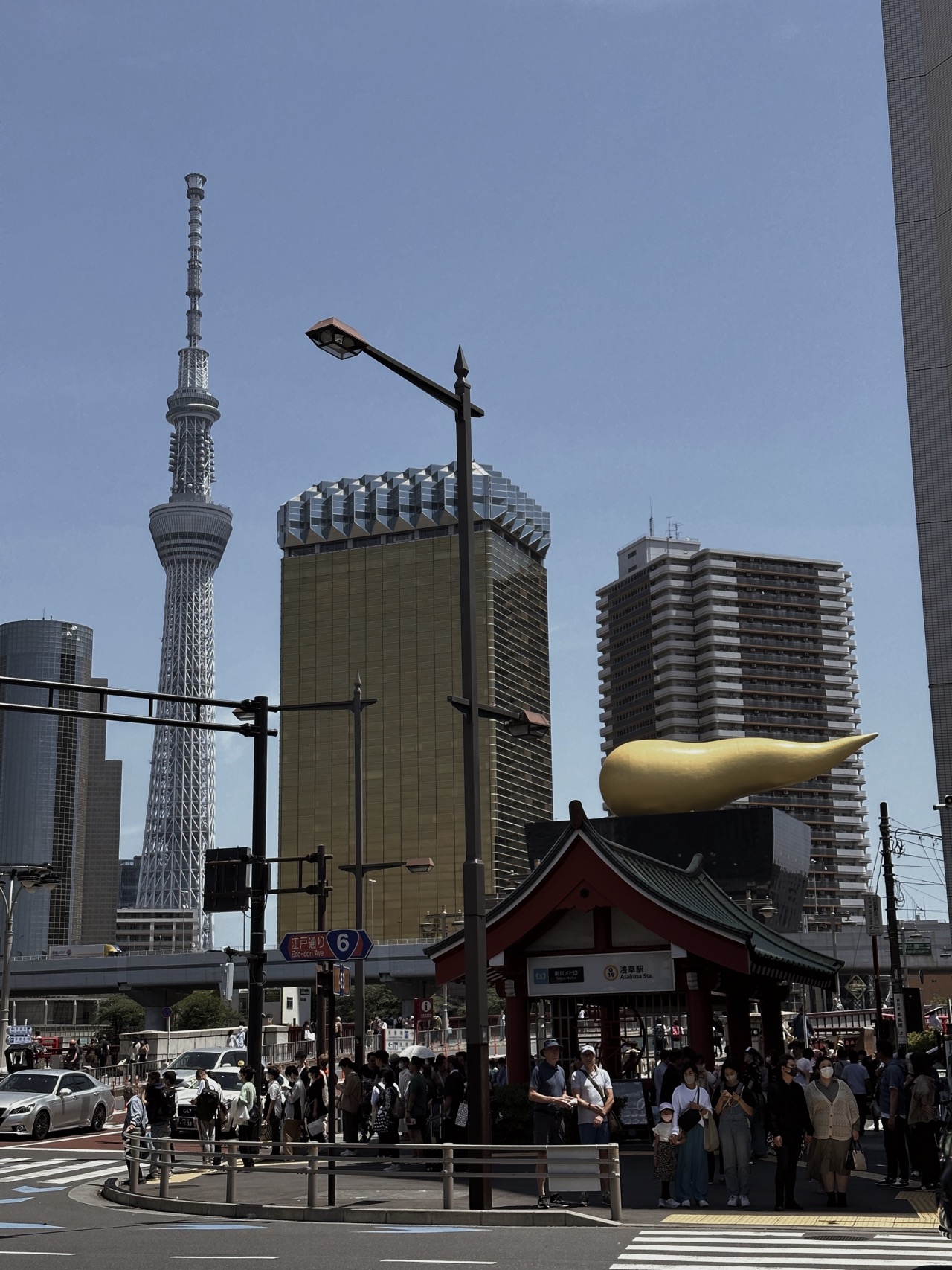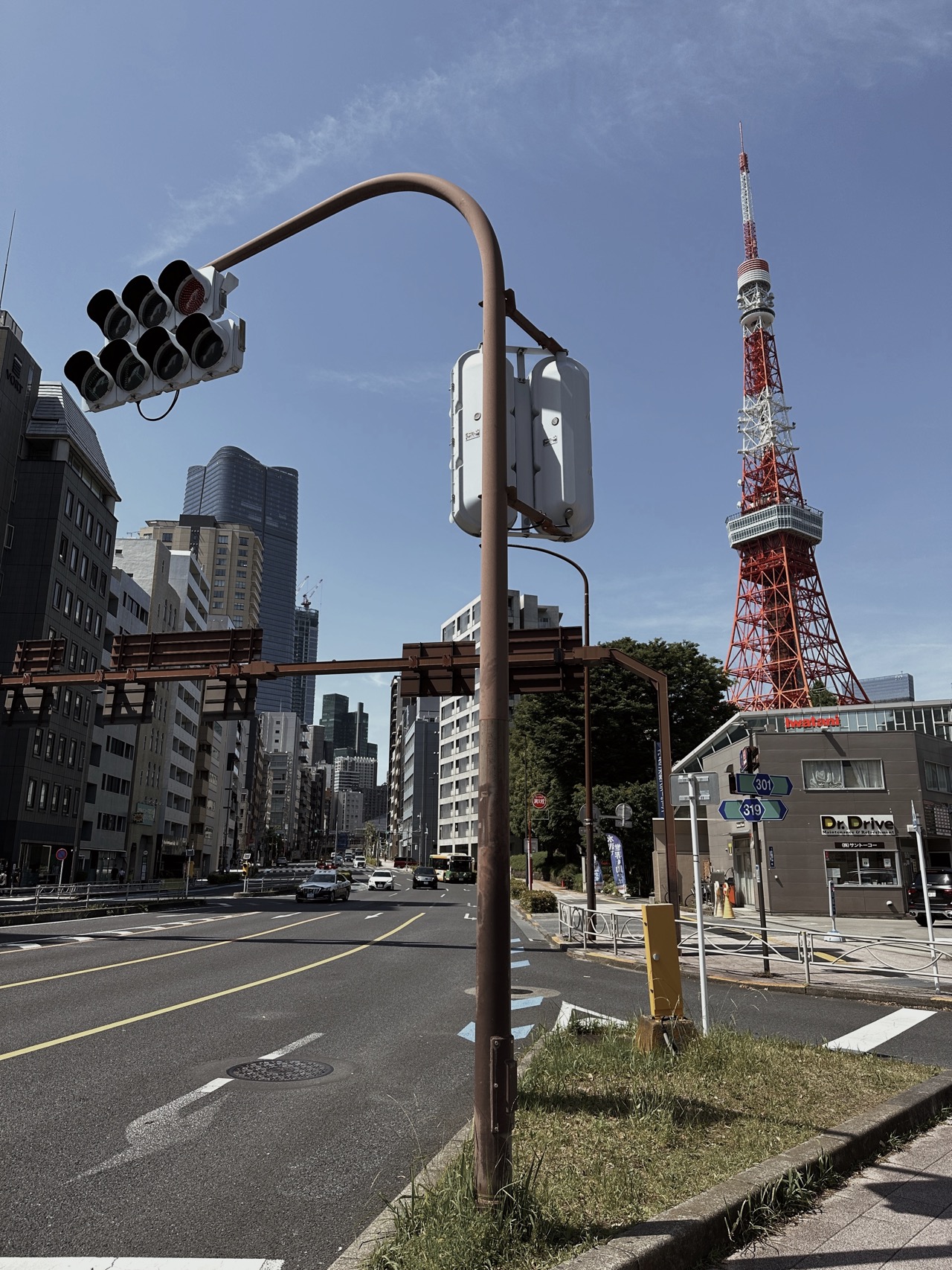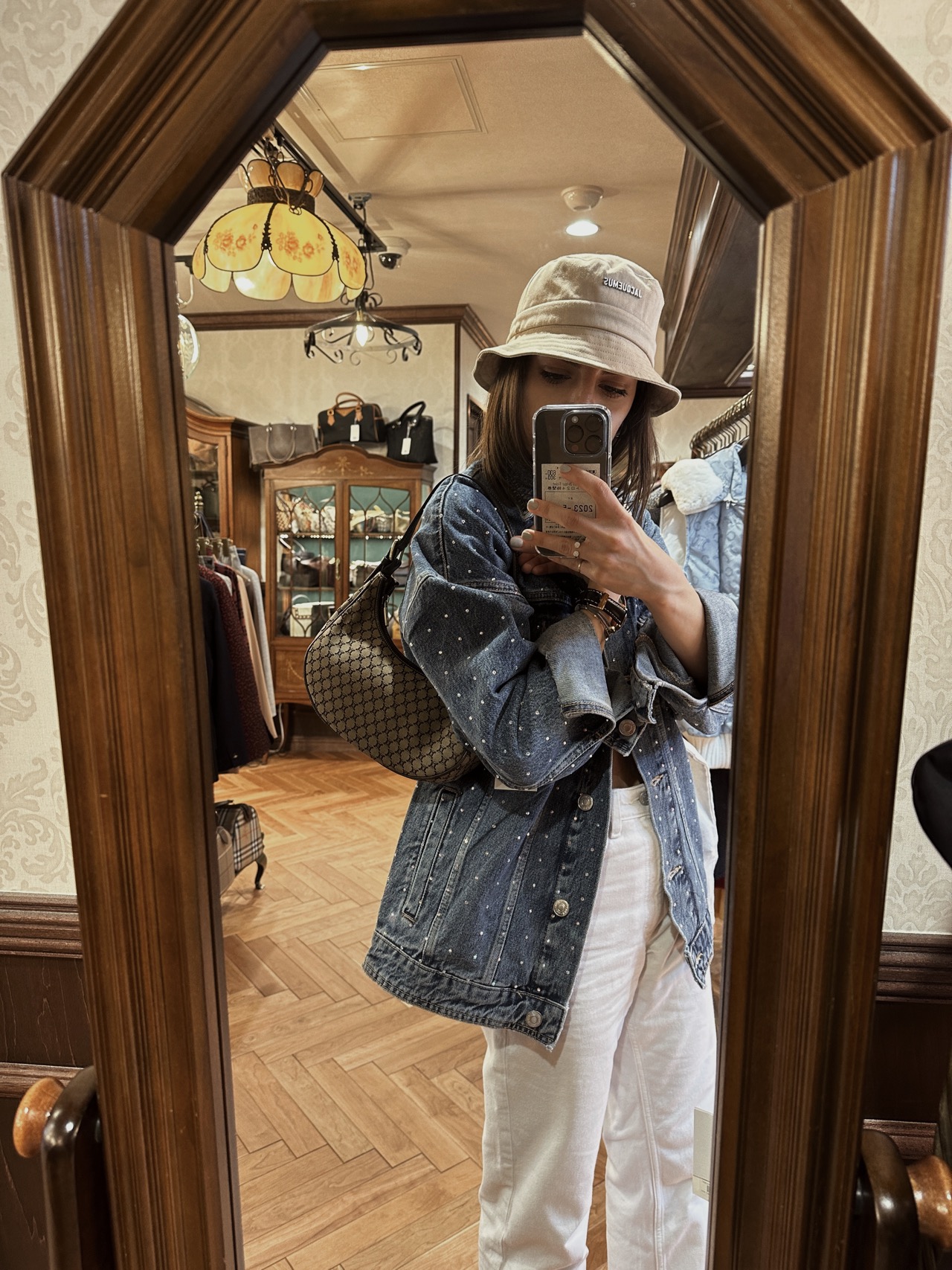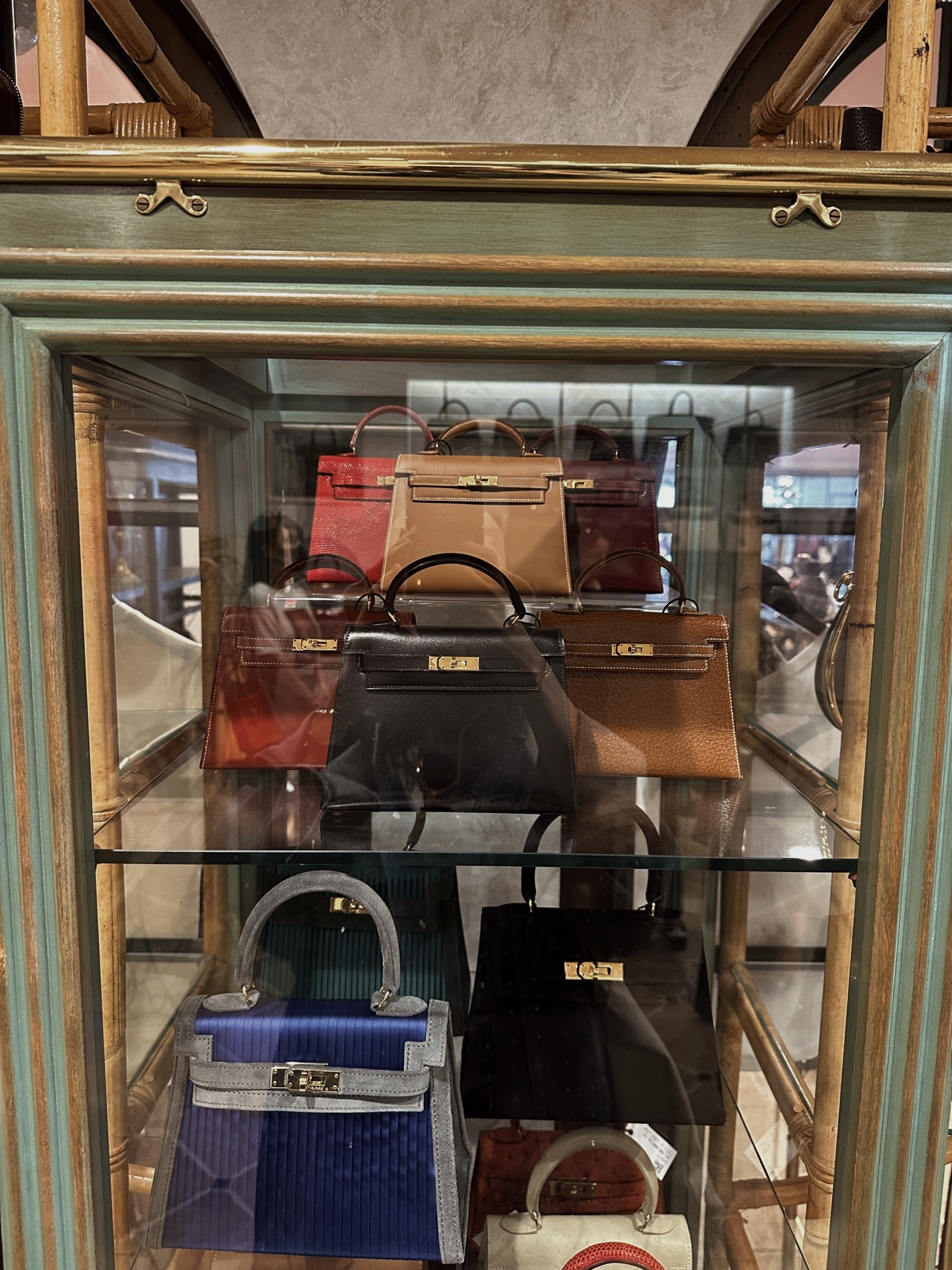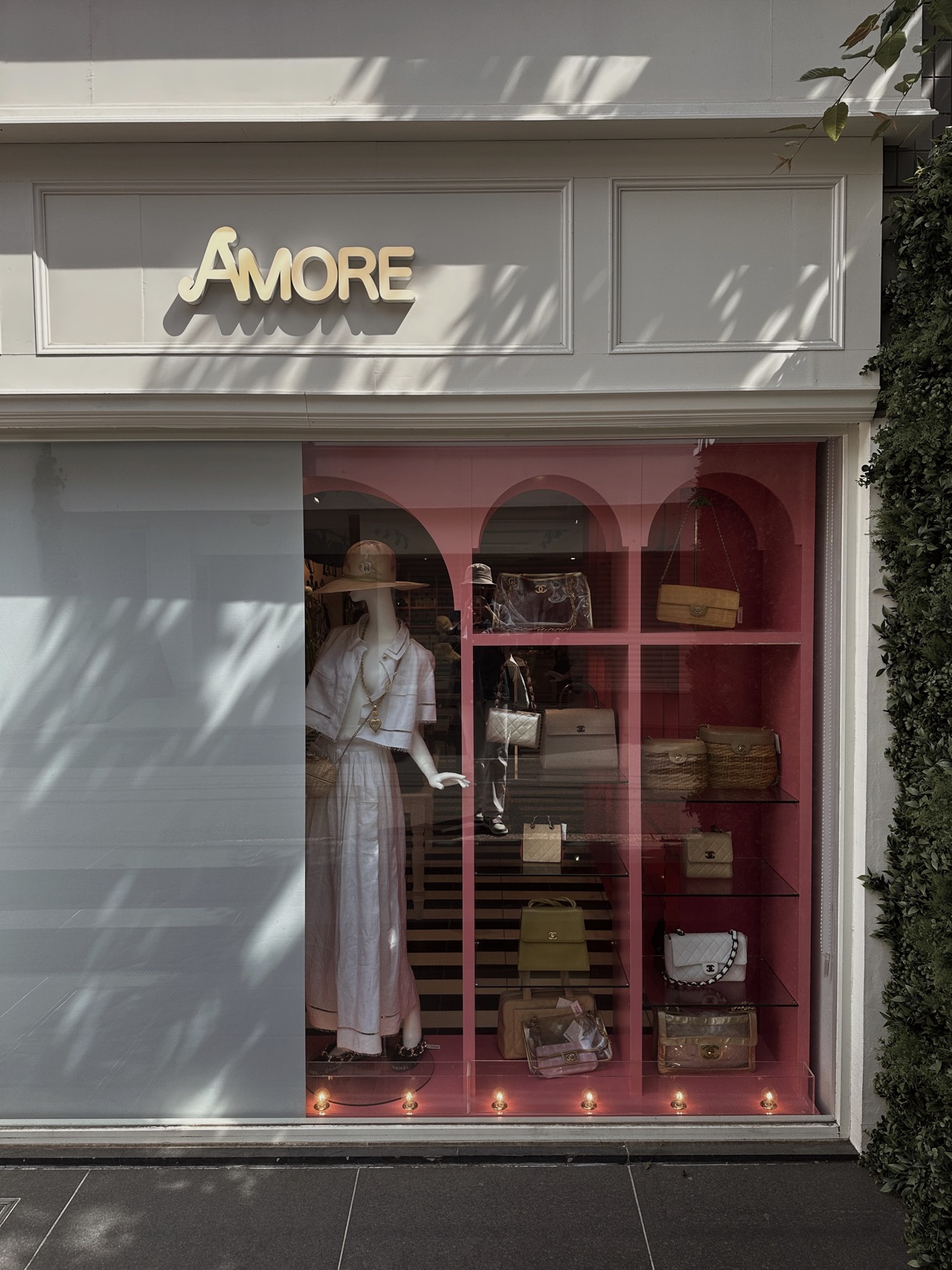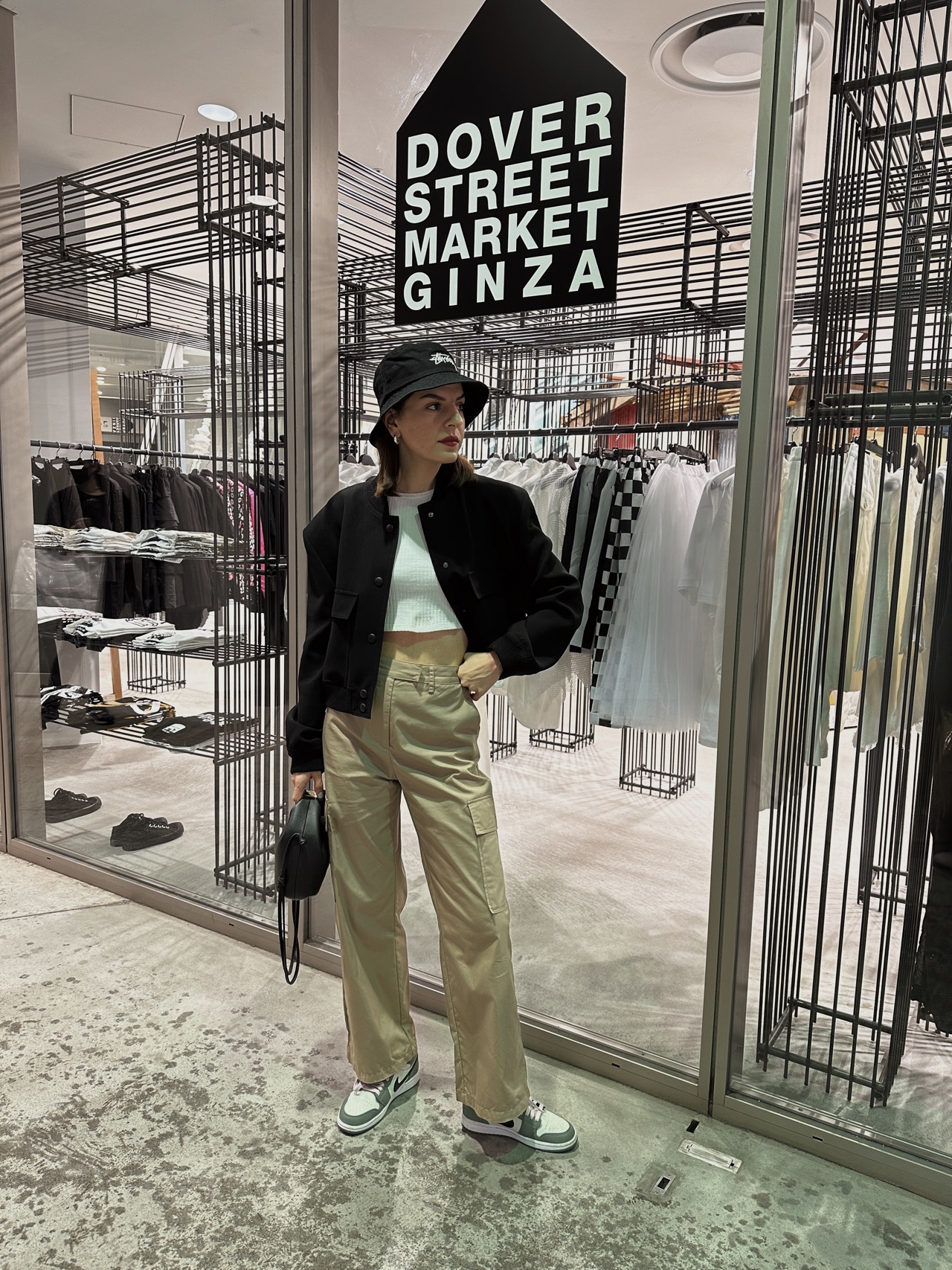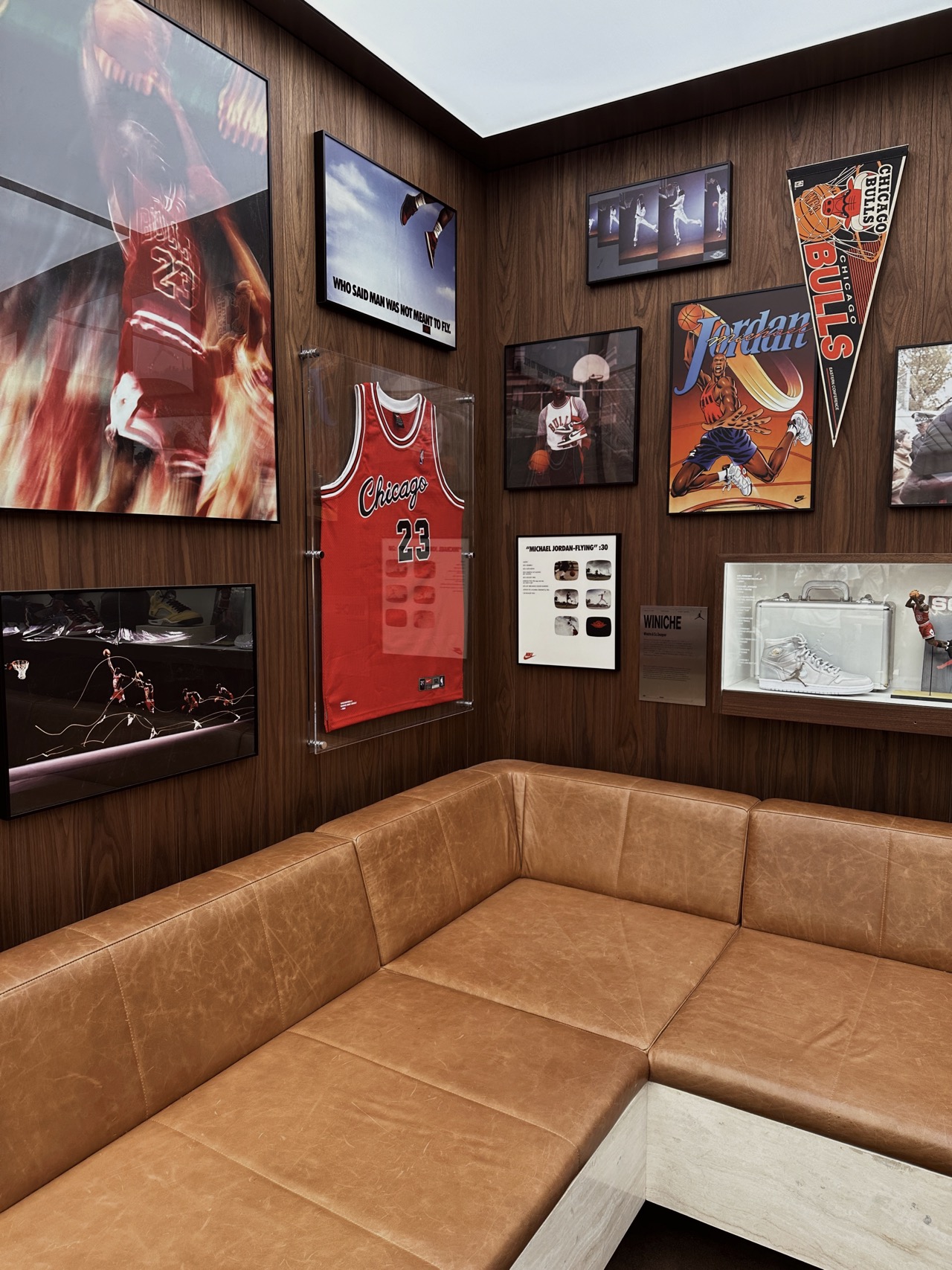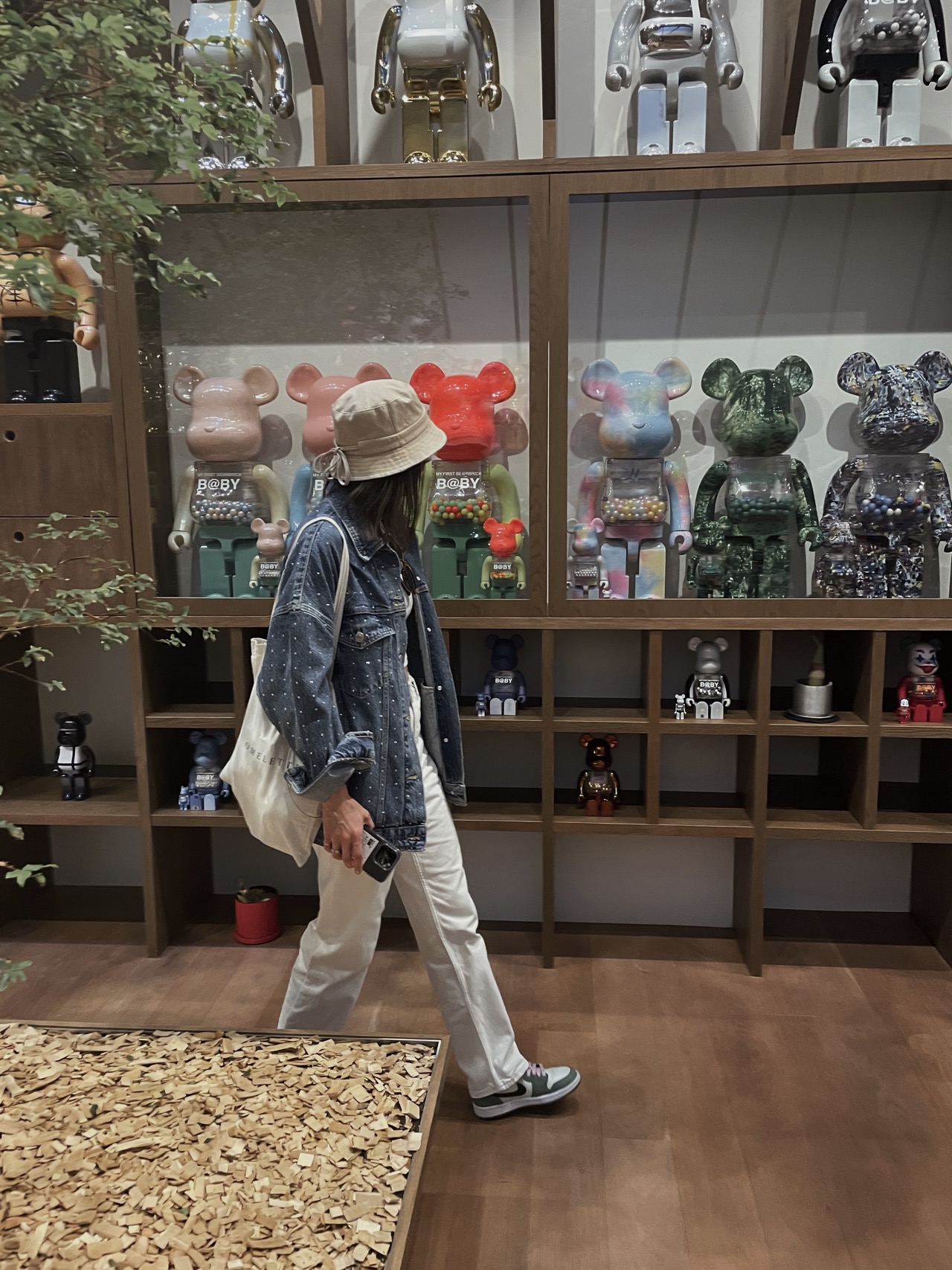Visiting Tokyo has been a dream of mine for a very long time. This year I made my dream come true. Together with my sister and my friend Melek we went to Asia and our first stop was Tokyo, Japan. It was my first time in Japan, and I didn’t expect to love it as much as I did.
Tokyo is a busy city, that’s why I was so surprised to see how quiet and calm it was. It’s vibrant, it has many things to offer, it’s very colorful but at the same time very subtle and minimal. Everyone is extremely respectful, friendly, kind yet reserved. Japan is home to tech innovation and some of the best food this world has to offer. The food was always super fresh and delicious. From all the cities I’ve seen so far, it’s also the cleanest. It definitely ticks of enough boxes for me to get on top of my favorite cities list.
We only spent 4 nights in Tokyo and went to another destination next. It was short, too short for Tokyo and too short to see everything we wanted to see but I got a taste of the city and will come back again to explore more in Tokyo and to explore other cities like Osaka and Kyoto.
Tokyo Travel Diary
I’m going to share my Japan Itinerary, in the hopes it can help you with your planning if you’re heading to Japan soon!
Also don’t forget to watch my Tokyo Vlog episode I and Tokyo Vlog episode II.
Things you need to know before going to Tokyo:
- Get an eSIM. You will probably need internet during your stay in Japan (especially important for Google Maps). There are two options. You can either get pocket wifi or an eSIM with data on it. We chose the second option, and I can really recommend getting an eSIM. We bought it on klook and you can choose between different package options. We each chose the one for 5 days with unlimited data for around 14$. You receive your eSIM QR within 24 hours of your arrival via email. You just need to activate it and can use the data once you arrive in Japan. Just be sure that your phone is open for another eSim. We didn’t have any issues with it and the internet connection was very fast.
- If you’re travelling by train, check the accepted luggage sizes on the train.
- Bring some cash! Sometimes cards are not working, and some places or vending machines only accept cash.
- You don’t need to tip. It’s considered rude to tip in Japan.
- Be prepared to carry around your waste because you won’t find public trash cans. Japan is very strict about separating their garbage.
- Get your Suica Card (public transportation card) as soon as you arrive in Japan. You can get them at the airport or at train stations. Taxi can be quite expensive in Japan. You can download the “Toyko Metro” App, which is a navigation app for the metro and it makes travelling so much easier.
- English is not widely spoken but you can use Google Translate. They are used to it:)
- You’ll bow a lot, get used to it. It’s a way to greet people and part of proper etiquette in Japan.
- Be respectful when entering sacred places and shrines. Here’s a Guide.
- Be prepared for queuing. Cafés and restaurants are quite small here, that’s why there’s always a long line in front of it. If possible, queue before the opening hour.
- If possible, make your reservations for restaurants before your trip.
- Book your tickets for attractions in advance to not miss them. They tend to sell out quickly.
- Always walk or stand on the right side of the street, stairs, escalators.
- Don’t eat while walking.
- Keep noise to a minimum in trains, metro, etc.
- A lot of places (cafés, restaurants, shops) don’t open until 10:30/11:00.
- You’ll probably shop snacks, souvenirs, etc. – leave space in your luggage.
- Try all the convenience store snacks, it’s delicious. I loved Family Mart but recommend you to check also go to 7 eleven and Lawsons so you can see yourself. Family Mart definitely has the best sweet snacks though. Loved the Chocolate Taiyaki and the Pancakes with Maple and Butter. Also the Onigiris and all the peachy drinks are next level.
Where to stay?
We stayed at Sequence Miyashita Park Hotel in Shibuya, which was located very central. We could see the Shibuya Scramble Square from out window and the Shibuya Crossing was only a 5-minute walk away. They provide self-check in and check out which makes everything quicker and easier in my opinion. There’s still always stuff which will guide you if you need some help. We had a room, with 3 bunk beds. The room was quite small, which again is normal in Japan. The view and the location made up for it. The interior is very minimal but beautiful. They also provide Pajamas, so you don’t really need to take one with you. The only downside was that the rooms only were cleaned every second day. Other than that, I can highly recommend the hotel as I really enjoyed staying there.
Where to eat?
- The Little Bakery Tokyo: really enjoyed having breakfast here. The coffee and the food was really good, and I loved the vibe.
- Krispy Kreme Japan: we don’t have Krispy Kreme in Austria, so I always wanted to try it out and I loved it. Especially the Cinnamon Sugar Donut was delicious.
- Starbucks Reserve Roastery: This is not your regular Starbucks. It has 4 floors, and every floor has something different to offer. It even has a bar, which served different cocktails made of coffee. The food is different from the food at regular Starbucks. Definitely worth a visit.
- Flippers: When in Japan you should try their fluffy soufflee pancakes and Flippers is one of the places where you can get them.
- Ginza Kimuraya: Japans oldest bakery and famous with their anpan (Japanese style bread). The most popular one is the Sakura Red Bean Anpan. I really enjoyed the anpan on its own, but the fillings tasted just ok. They have a lot of different fillings though, so you can definitely try them out.
- Gyukatsu Motomura: This place is very famous, and I totally get why. They only have 1 item on the menu, the beef cutlet. The set comes with raw beef coated in katsu breading, which you cook on the stone plate provided as well as barley rice, miso soup, shredded cabbage, pickles, and soy sauce. You can choose between 130g Beef Cutlet or 260g Beef Cutlet. We got the 130g beef cutlet set. The order is taken while you are in the queue and the set came almost instantly as we got seated. I loved the concept. It was fun and the food was so good. It was one of the best meals I ever had.
- Udon Shin: This place was one of my Tokyo highlights. It was my first-time having Udon Noodles and I think I’ve had it at one of the best places ever. Udon Shin is also very popular, and the waiting list is always quite long so there as early as possible. When you get there, you first draw a ticket from the ticket machine in front of the store. The ticket has a QR-Code on it which you need to scan on your phone. After scanning you’ll get an estimated waiting time and a spot on the waiting list. Our estimated waiting time was about 130 minutes. You’re not supposed to queue until your time is over. You’ll get a notification via email when you need to go back to the store. In the meanwhile, you can check out some places nearby. We went to the Starbucks nearby and had some tea. Don’t go too far away because after you get the notification you must go back to the store to queue. The quicker you’re back at the store the quicker you’ll get to eat your Udon. After 140 minutes we got the notification and went back to the store to queue. After queuing we waited for about 45 minutes. So, in total we waited for almost 3 hours. They take your order while you’re in the queue and you get your Udon as soon as you’re taking your seats. You can choose between hot or cold Udon Soup. We got hot Udon as the weather was rainy and cold. I got the Beef Udon with Yuzu (Japanese citrus) and the citrus really made a difference. It was so fresh, delicious, and comforting at the same time. The noodles are freshly made by hand, and you can totally taste that. We also got the mixed vegetable tempura which was also very good. It was totally worth the wait, and I’d wait again. Big recommendation!
- Sushidan: If you want to have an affordable Omakase this is the place to go. I’d recommend making a reservation directly on their own website as the capacity is limited especially if you want a counter seat. You can choose between two courses. There’s a course for 3500 yen which comes with 9 pieces of nigiri, 1 hand roll and miso soup and a course for 5800 yen which comes with 12 pieces of nigiri and miso soup. It was such a nice experience to see how they make each of the nigiri pieces and I also really enjoyed the atmosphere. The sushi was super fresh and delicious. We all loved it.
- Yakumo Ramen: At Yakumo Ramen two Shoyu Ramen styles are served, a white broth base and a black broth base. We opted for the black, as this was my first Ramen in Japan and I felt saver ordering the darker broth. After choosing your soup style, you need to decide on their wontons. You can choose between meat dumplings, shrimp dumplings, or a mix of both. We chose a mix of both styles. You can also add some other toppings, but we got the basic one as it already comes with the dumplings and roast pork meat. An important fact about Yakumo Ramen is that you order via vending machine and everything on it is Japanese only. So, it is a bit tricky to find what you want but thanks to Google Translate it works. Once your ticket is purchased, a server will collect your ticket, direct you to your seat, and serve you with a glass of water. The Ramen here was delicious. I especially loved the broth and the fresh noodles. I was not really into the wontons, as I didn’t enjoy textures like that but other than that I really liked it. Note: The portion size is quite big.
Recs from others:
- Bongen Coffee Ginza (the line in front of it was too long for us to get even in the queue)
- A Happy Pancake (this was on our list, but we had no time left☹ )
- The Roastery by Nozy
- Omnibus Coffee
- Bread Espresso
- Little Nap Coffee
- Azuki to Kouri
- Hekkelun
- HARBS
- Onigily Café
- Glitch Coffee Ginza
- Marions Crepes at Takeshitori Street
- Tepanbaby (same, we had no time left for this place)
- Ichiran Ramen
- Nakiryu Ramen
- Tonkatsu Maisen
- Harajuku Gyoza Lou
- Tsukiji Fish Market
- A10
- Omoide Yokocho (Memory Lane) – here you can find many small traditional izakaya, yakitori stands.
What to See?
Teamlab Planets
This is an immersive experience museum, where you walk through water, a sparkly room, and a garden. I really love these kinds of museums, but Teamlab Planets was so different from all the museum I’ve been so far. I really liked the experience and was fascinated by some of the rooms. Book your tickets in advance as they tend to sell out quickly. We got a time slot for 9:00 in the morning and I would recommend getting the earlier ones, if you want to avoid crowds. Another important tip: you must go through water rooms. Wear something short (not a skirt, as they are mirrored floors) or pants which are easy to roll up. The first part of the museum you walk bare foot, keep that in mind, if you don’t like these kinds of things.
Shibuya Crossing
The world’s busiest crossing is the Shibuya Crossing in Tokyo. You should see it during daytime and nighttime as the feeling is completely different. I still don’t know, how this busy crossing can be that quiet.
Shibuya Sky
To catch the best view of Tokyo you can go to the rooftop at Shibuya Scrample Square. The Shibuya Sky also comes with an 360° open-air opservation deck but this could be closed due to weather condition. We were quite unlucky on that day and the rooftop was closed due to wind, which made me upset and sad, because the rooftop is the main attraction. There’s the Sky Edge, a corner where you can look won at the cityscape below is a very good photo spot and the escalators, which provides a panoramic view of the city. The indoor section was still quite impressive, and the view was just breathtaking. We were lucky enough to get a glimpse of Fuji Mountain which was amazing. You don’t always get to see the mountain because of the fog. Book your tickets in advance as they tend to sell out very quickly. We got our tickets two weeks before our trip to Tokyo on klook.
Sensoji Temple
Sensoji temple is one of Tokyo’s most popular Buddhist temples in Asakusa. You first go through the Kaminarimon Gate, which is the outer gate of Sensoji Temple. The Nakamise Street leads from the outer gate to the temple’s second gate, the Hozomon and the main temple hall. This place gets very crowded. Be there as early as possible if you want to avoid the crowd. After visiting the temple, you can come back to Nakamise Street for some souvenir shopping and street food.
Yoyogi Park & Meiji Jingu Shrine:
Torii Gate
You enter the Yoyogi Park by going through a torii gate. Torii gates represent the border between the secular world and the sacred world of the Shinto religion. When passing through a torii gate, keep in mind to walk to the side instead of straight down the center as it is believed that the center space is only for the kami (gods) to pass through. It is also custom to bow once before passing through the gate both upon entering and exiting the shrine. Always be respectful and follow the rules at shrines and temples as they are considered holy places. The Meiji Jingu Shrine had a very calming energy. I just felt good as soon as I entered the Shrine.
Ema
You’ll see some wooden plaques hanging on trees, which are called Ema. You can also buy an Ema for 500 yen and write down your wishes, prayers or give thanks on it and hang it around the tree standing in front of the main shrine.
Kiganbun
Another way to make wishes is in way of a Kiganbun. A Kiganbun is a letter to the kami. You’ll find paper in front of the main shrine, where you can write down your wishes or word of gratitude. The letter is put into an envelope together with a monetary offering of any amount and the envelope put into the box near the tree at the main sanctuary. These letters are collected every day and offered up to the kami at the morning rite.
Amulet
You can also get some amulets which came with different meanings. There’s one for good luck, for finding a good job, for soundness of mind and body, for finding a good partner and more.
Omikuji
An Omokuji is an oracle in the form of Japanese traditional Waka poem. You can draw one of the 30 Waka poems (with English translation) for 100 yen at the shrine.
Other Attraction you shouldn’t miss:
- Hie Shrine
- Tokyo Tower
- Sky Tree
- Asahi Beer Company
- Mori Art Museum
- The National Art Center
- Suntory Museum of Art
- Hachiko Statue
- Kabuki-ko (Toho Cinema, Godzilla)
Where to Shop?
Omotesando
One of my favorite districts in Tokyo was Omotesando. I really enjoyed the vibe and the shops and could spend a lot more time there. If you want to browse through the luxury vintage shops, designer stores and some of the coolest streetwear brand stores, you’ll love this place.
- Omotesando Hills
- Medicom Toy Plus
- Momo Design Store
Best Vintage Shops:
- Vintage QOO
- Amore Vintage Omotesando
- Amore Vintage Aoyama
- Casanova Vintage
- Ragtag
Harajuku
- Nubian
- Worm Tokyo
- Atmos
- Human Made
- Stussy
- Supreme
- SNKR DUNK
- Fool’s Judge
- Pigsty Vintage
- Kindal Vintage
- Cosme
- 3 Coins
Shibuya
- Shibuya Scramble Square
- Hands Store at Shibuya Scramble Square for Stickers and Souvenirs
- Miyashita Park – KITH, Maison Kitsuné, and more
- Jordan World of Flight
- Mega Don Quijote
- Shibuya Tokyo Foodshow in Tokyu Department Store
Ginza
- Ginza Six
- Uniqlo Flagship Store Ginza
- Dover Street Market Ginza
Daikanyama
- Officine Universelle Buly Daikanyama
- Sneakersnstuff
- Allegory Hometools
- Hedy Vintage
Shimokitazawa (for thrifting and vintage shopping)
- Desert Rose Vintage
- New York Joe Exchange
- Florida Shimokitazawa
- Wego Shimokita
Roppongi Hills
Shinyuku – Beams
If you have some other Tips for Japan and Tokyo, I’d love to know them as I’m definitely going back to this beautiful country to explore more and eat more of the delicious food.

